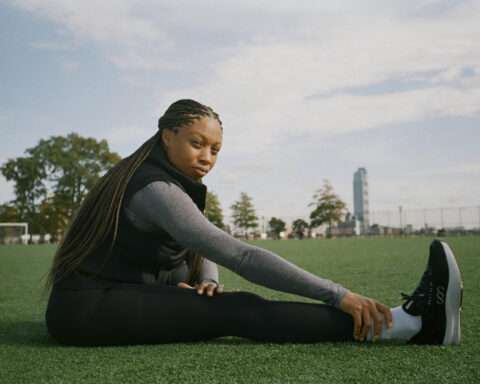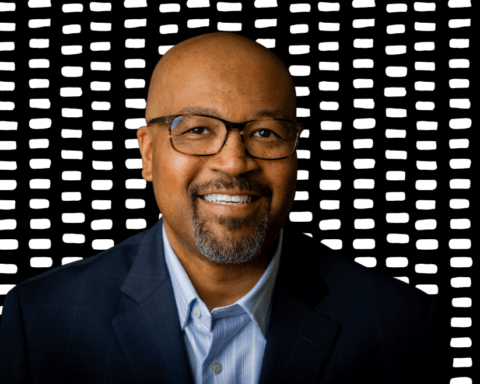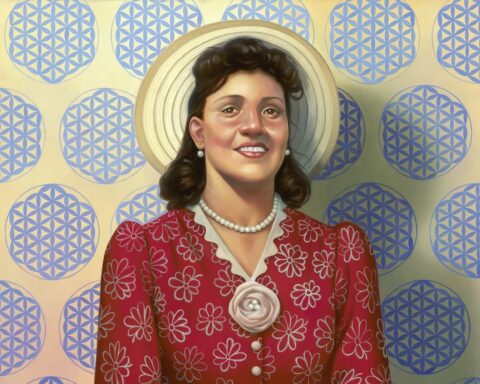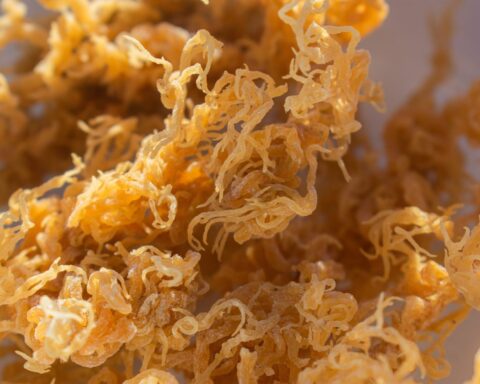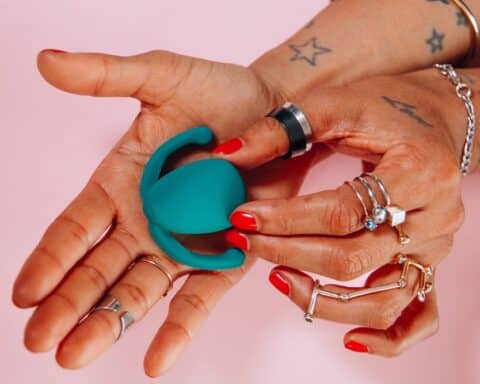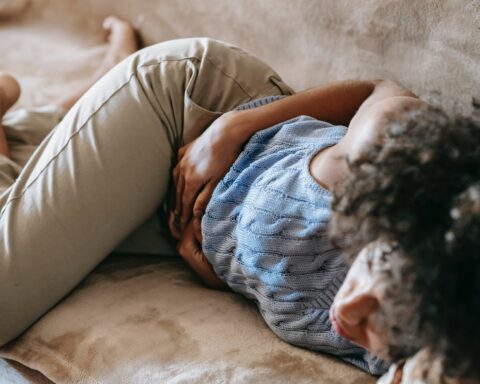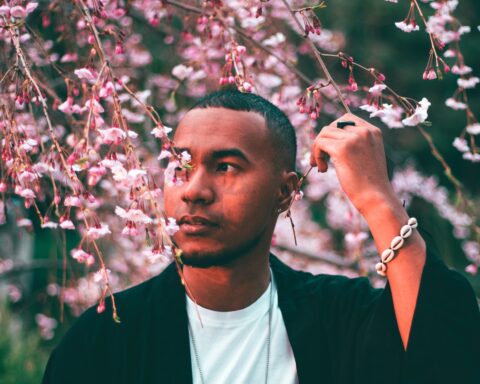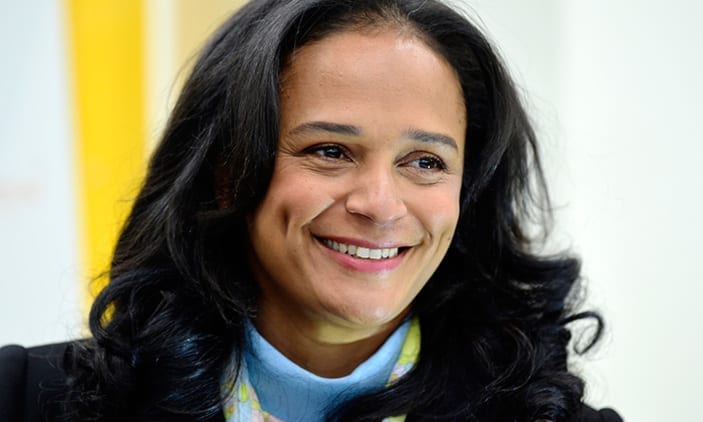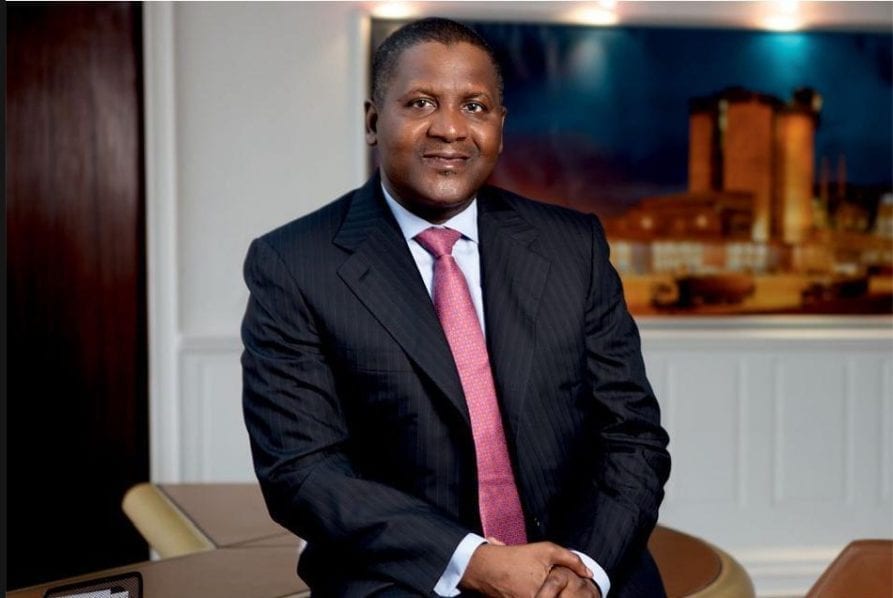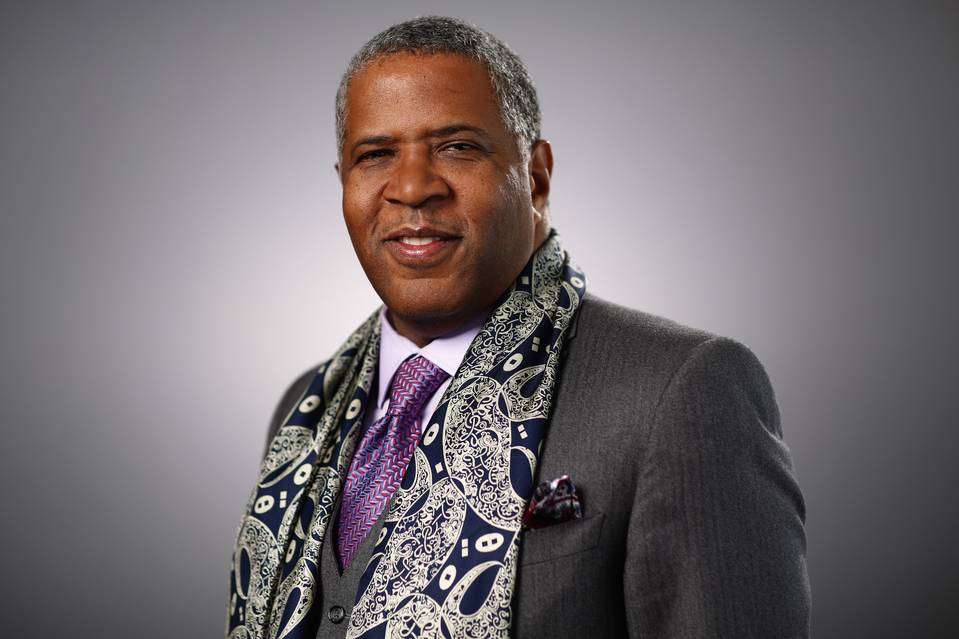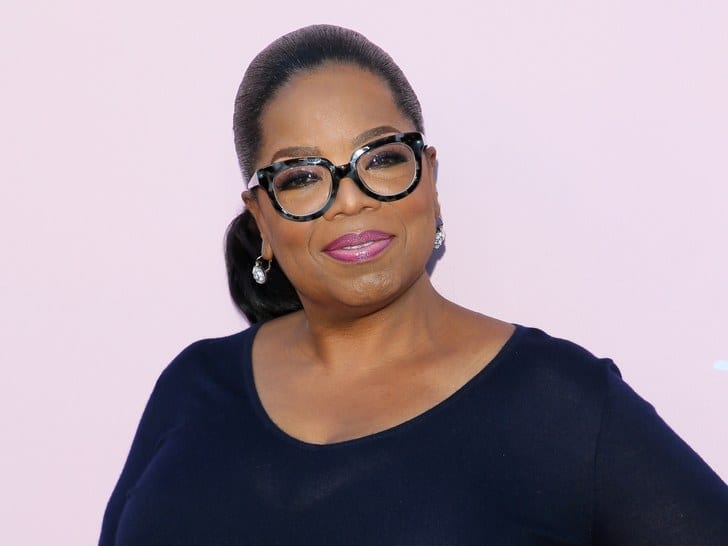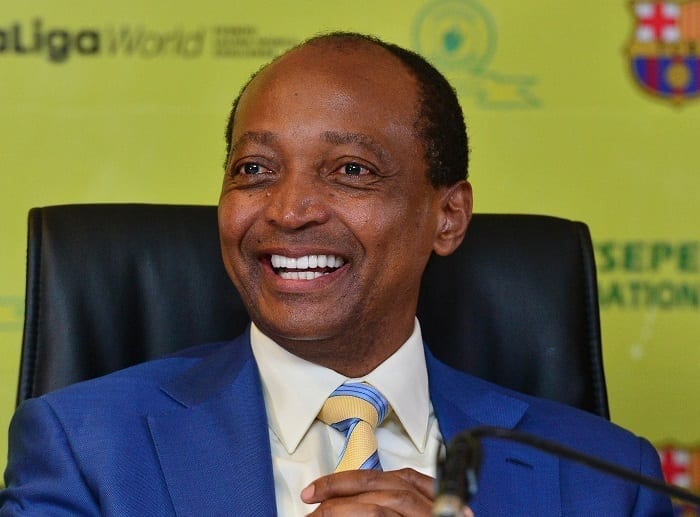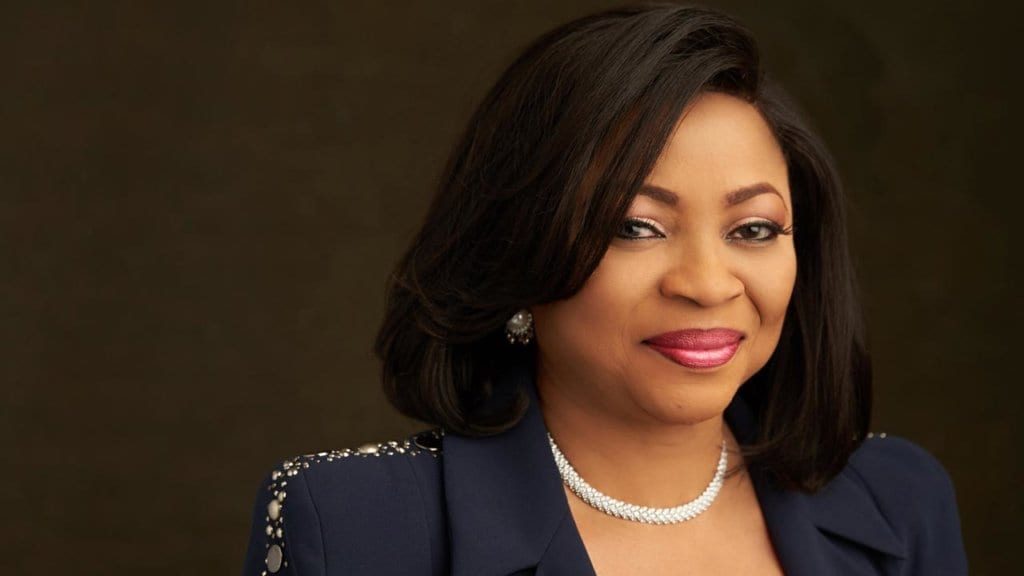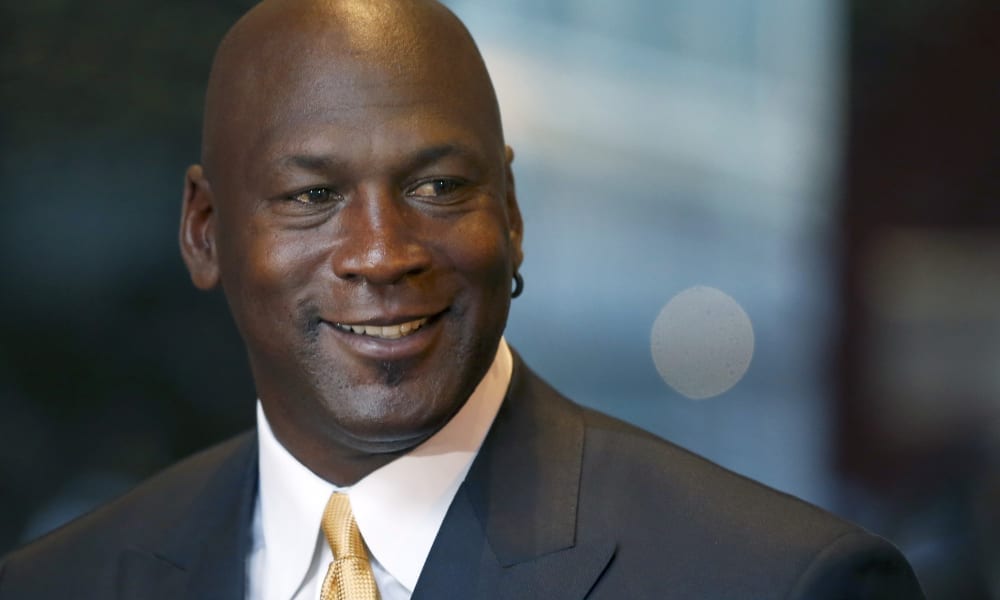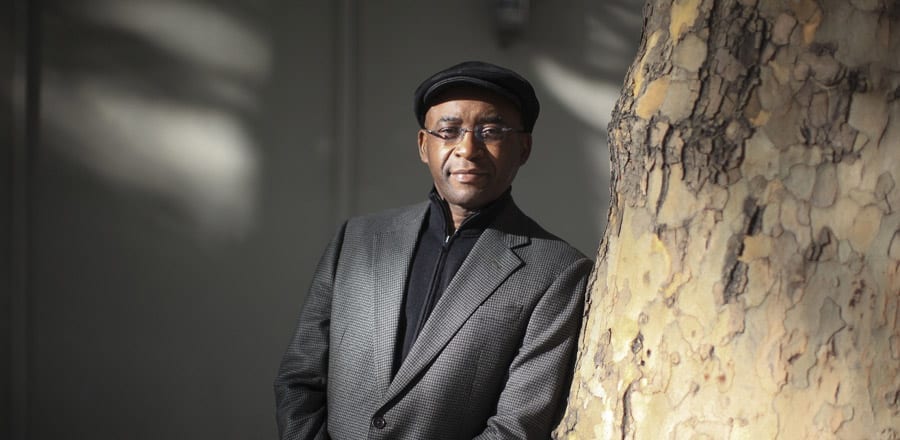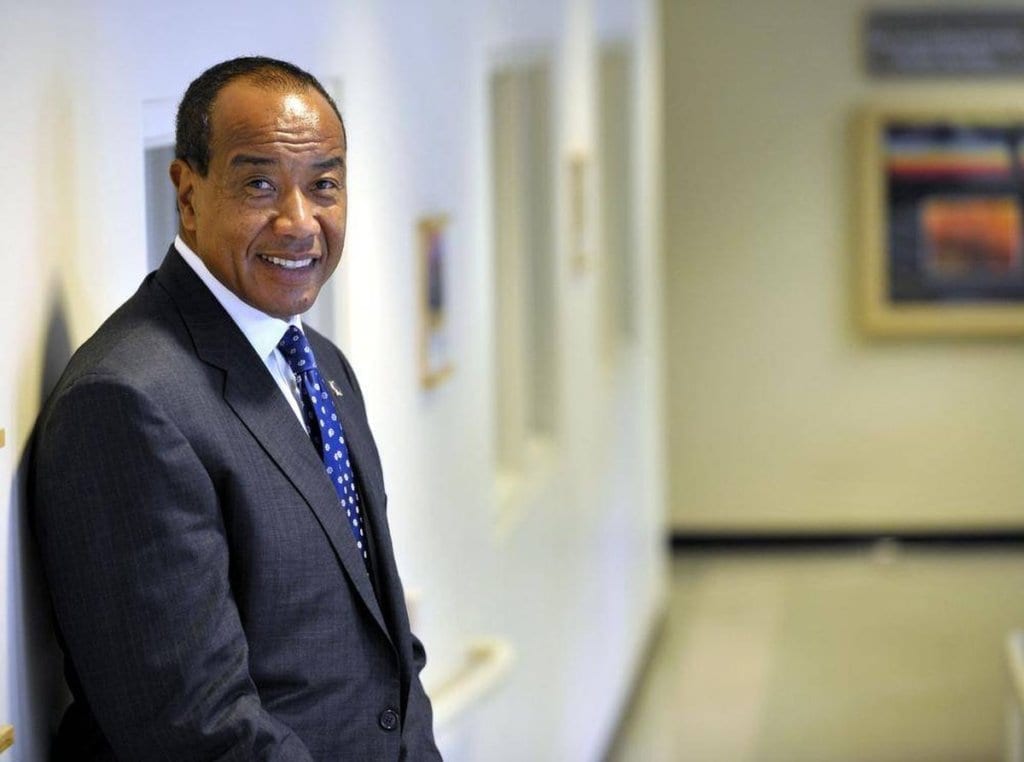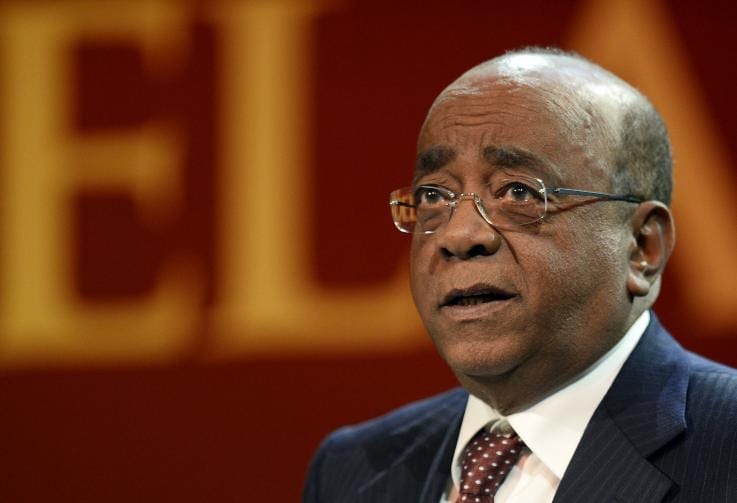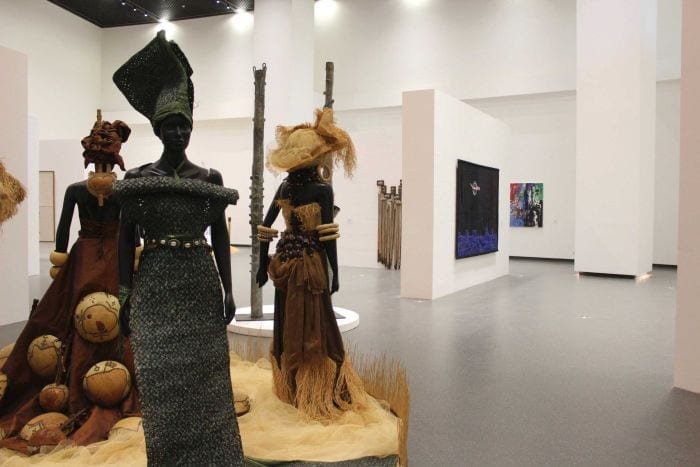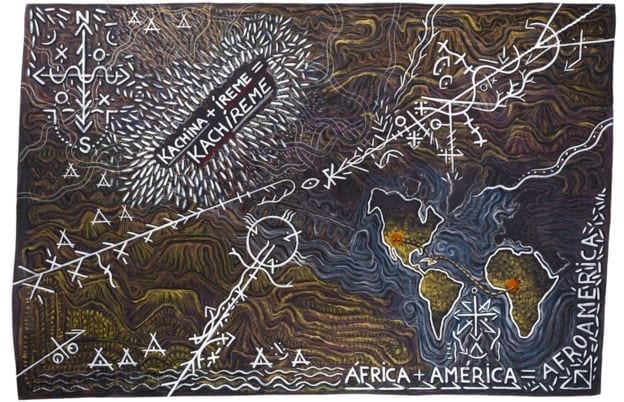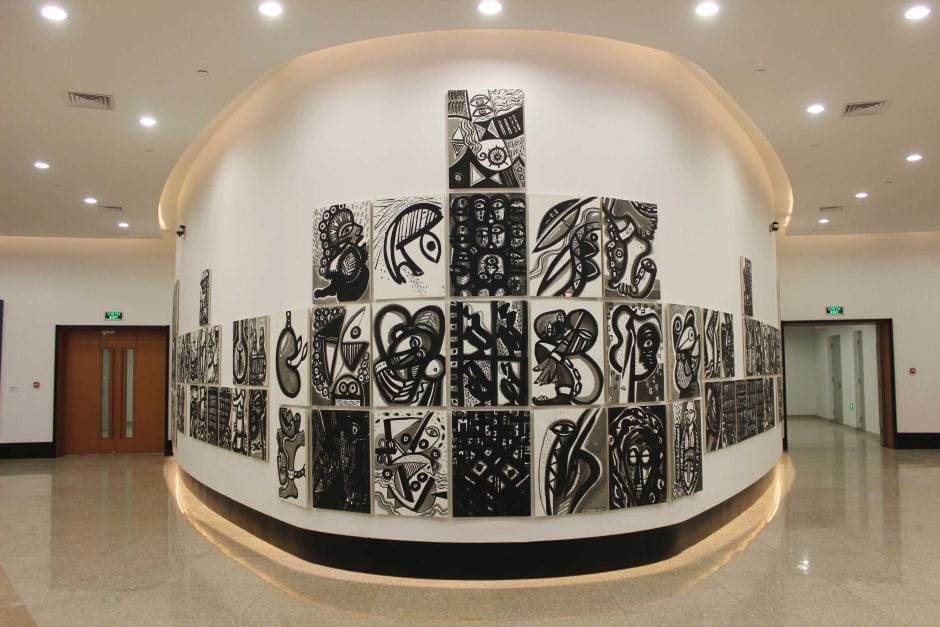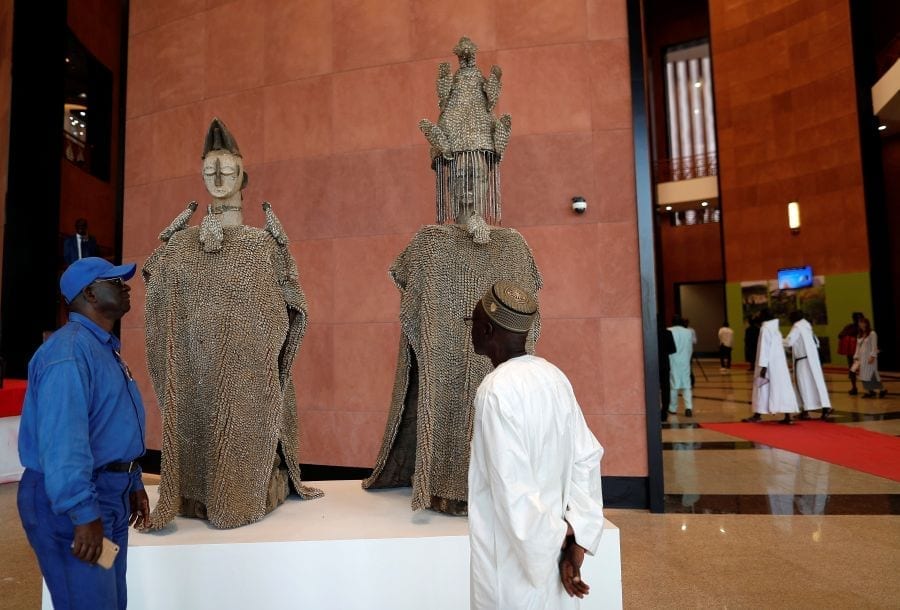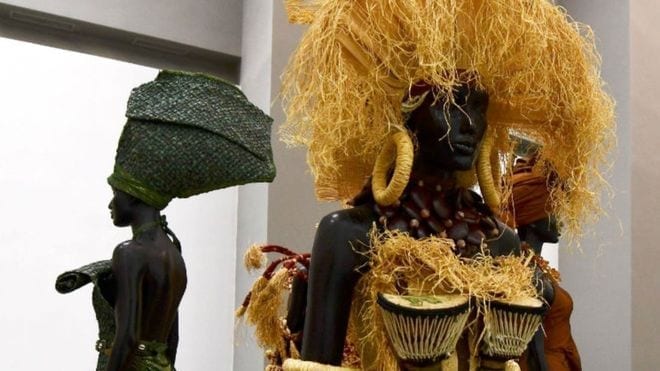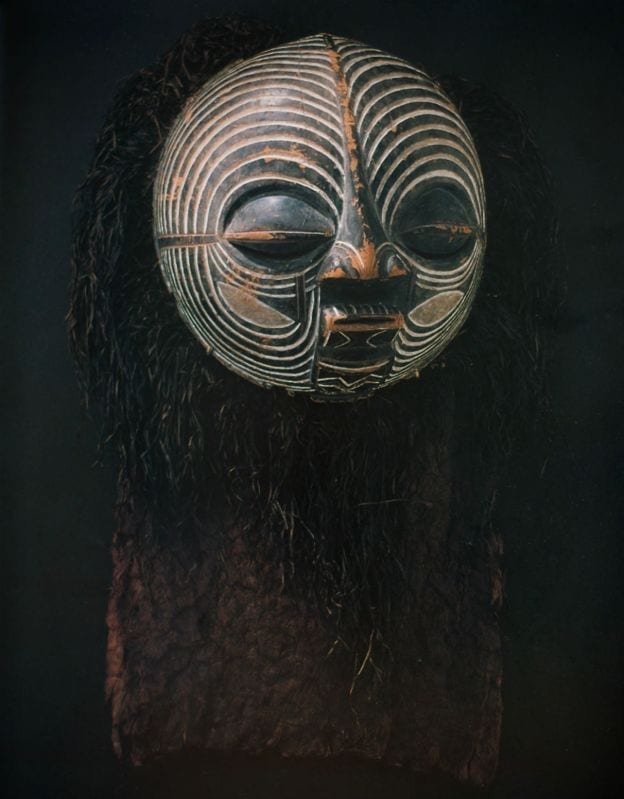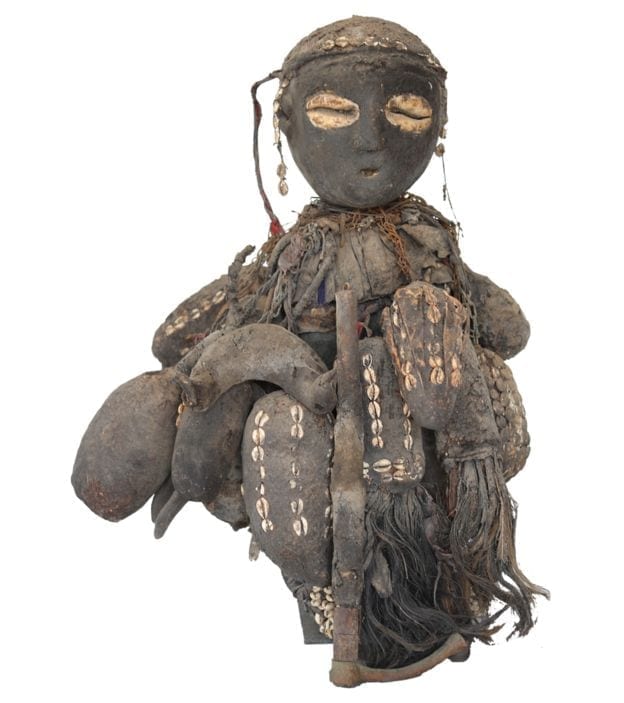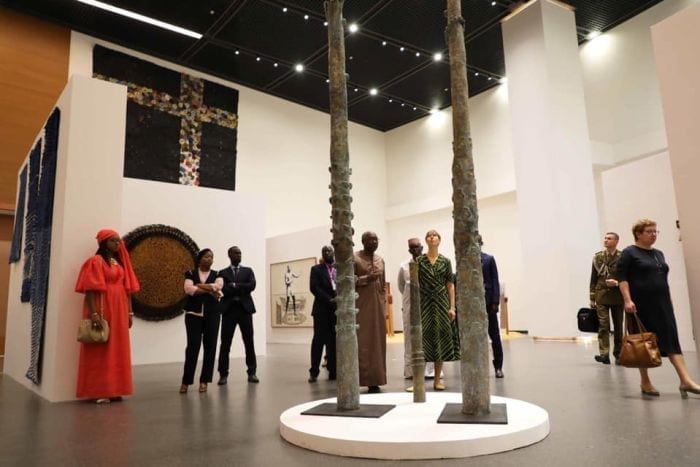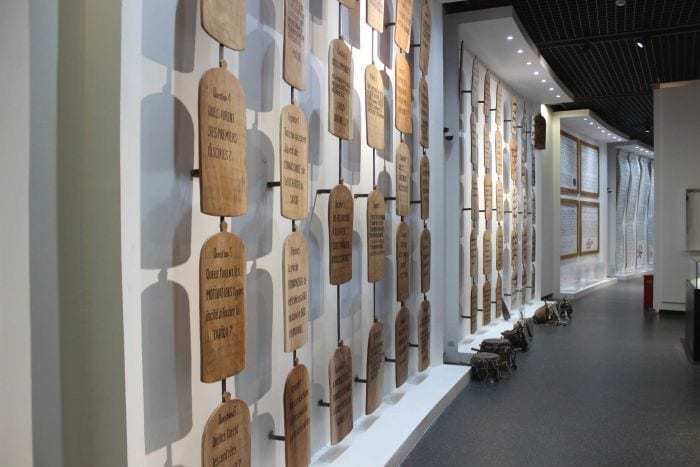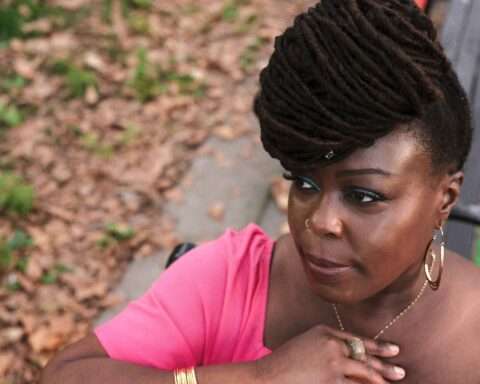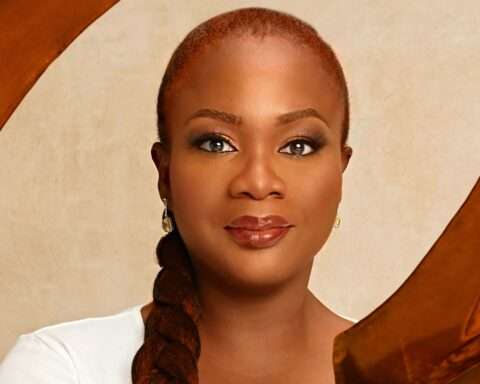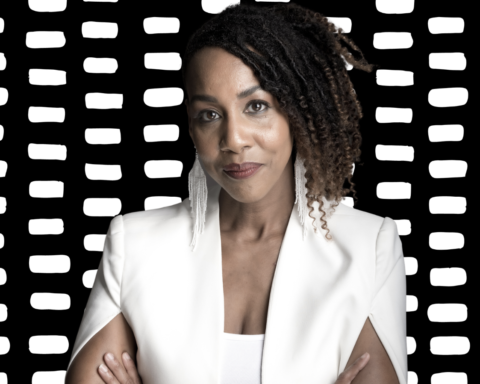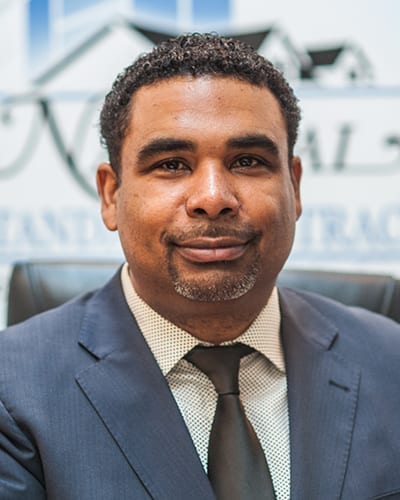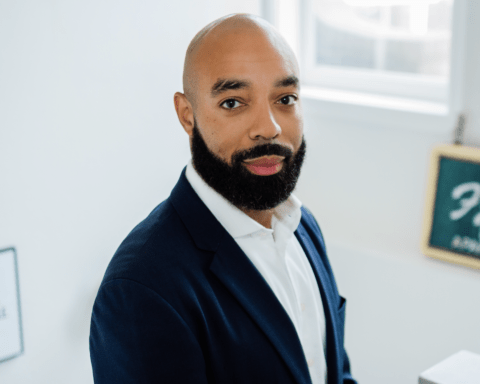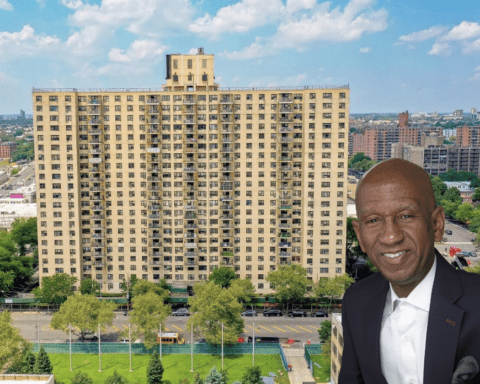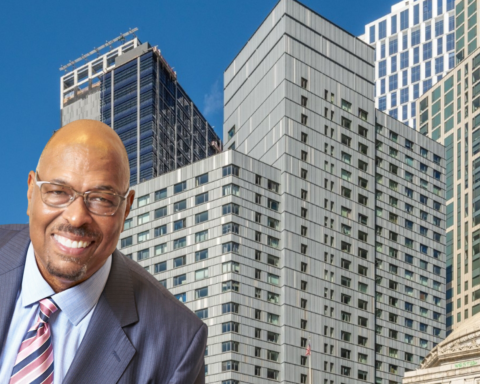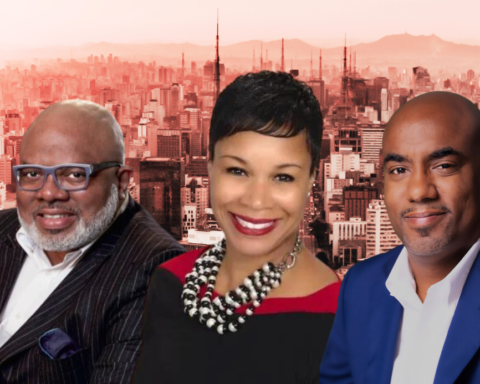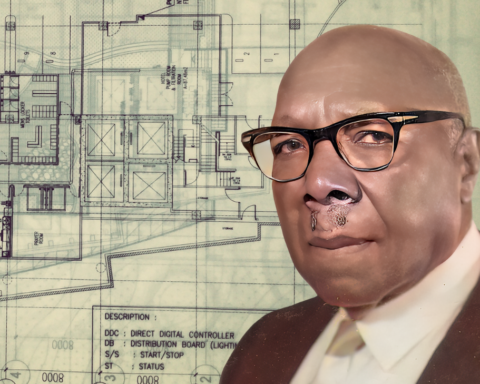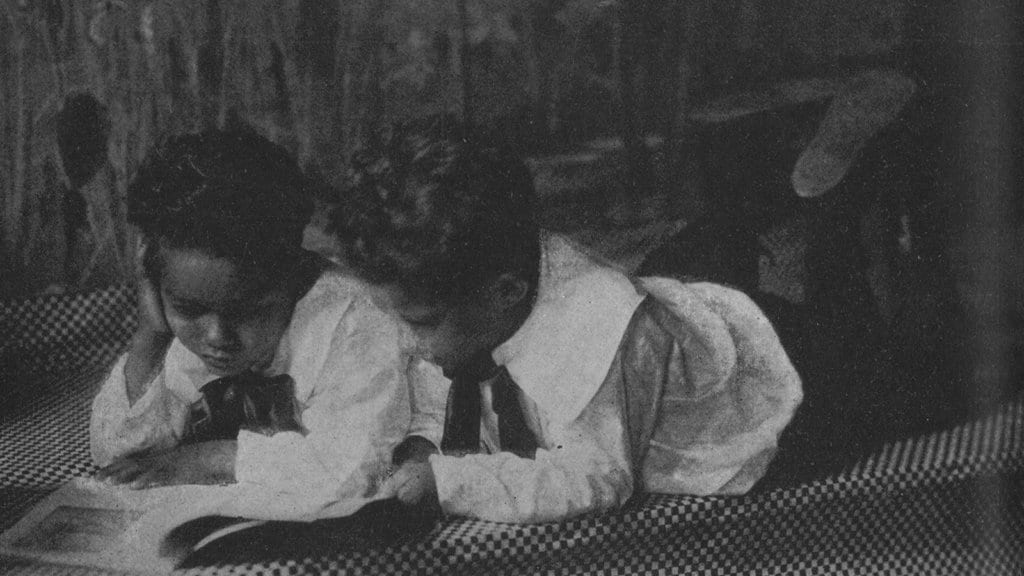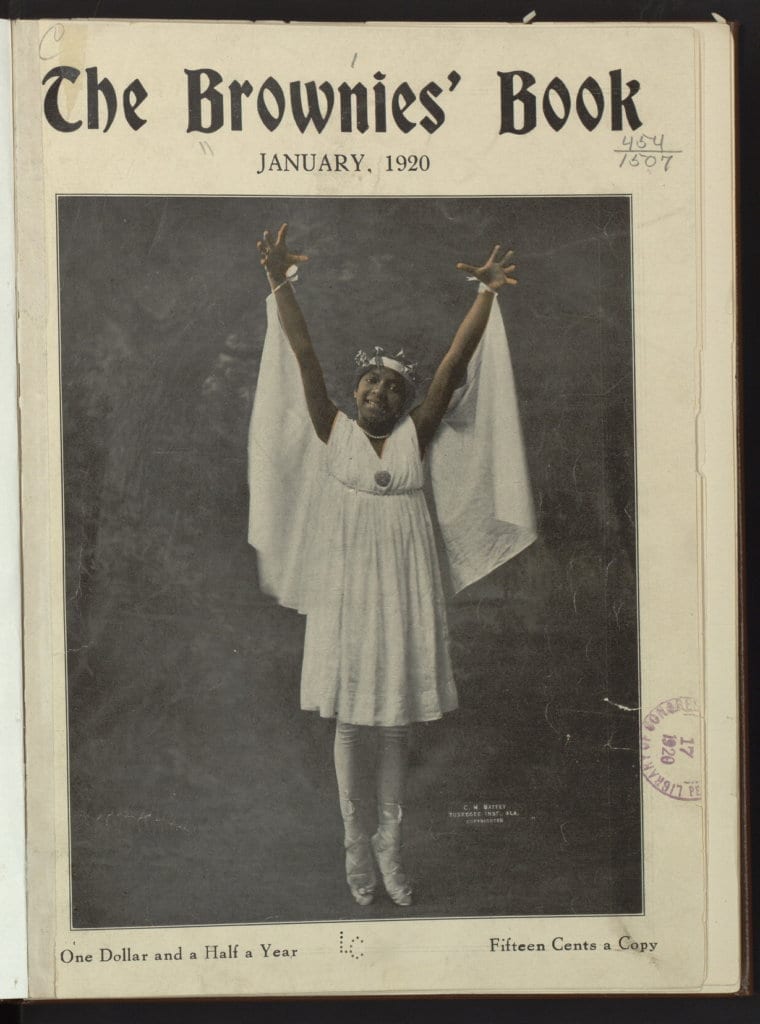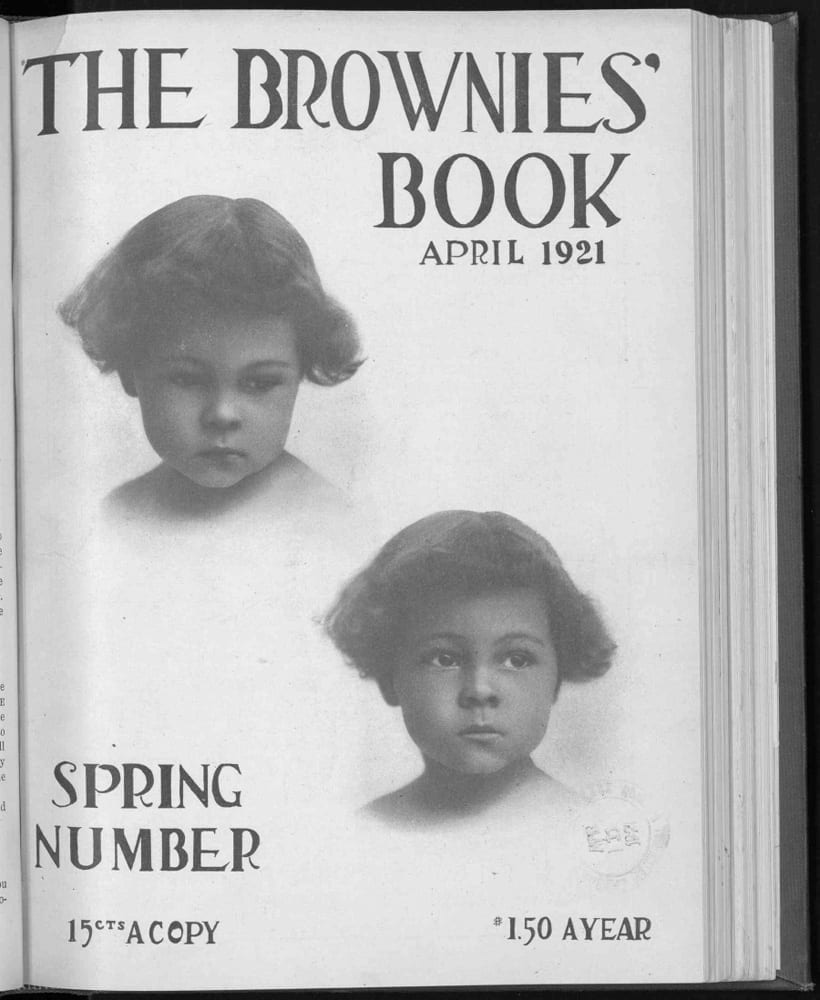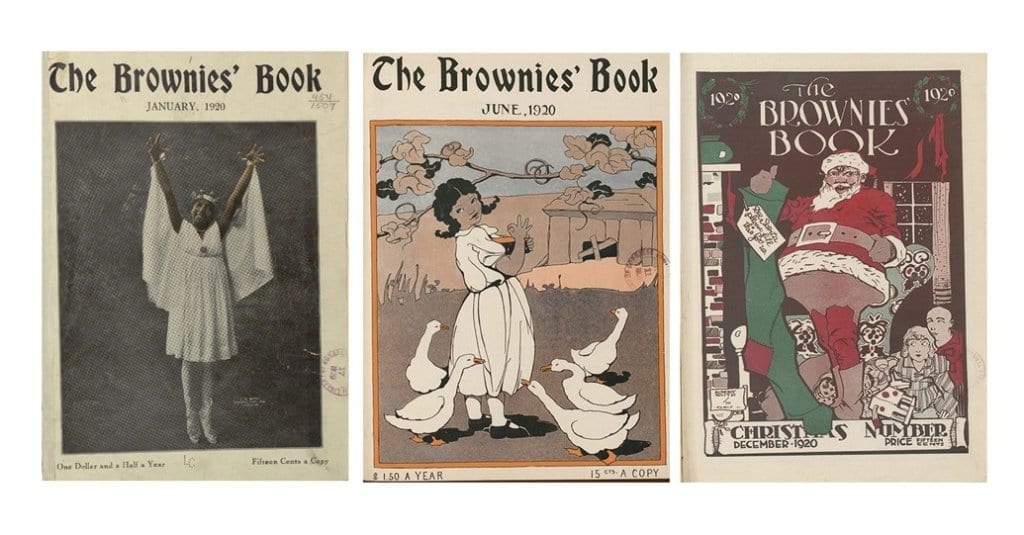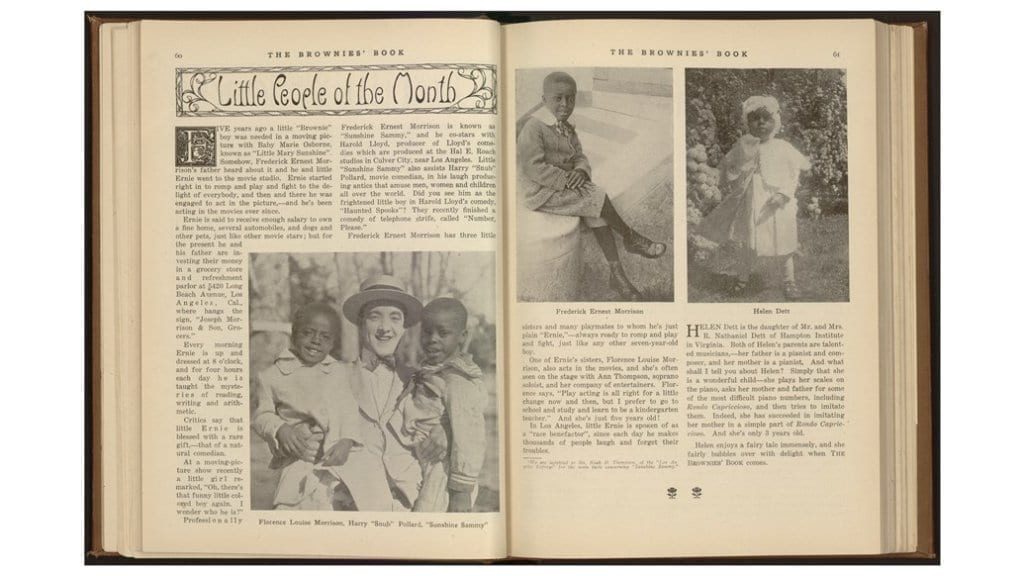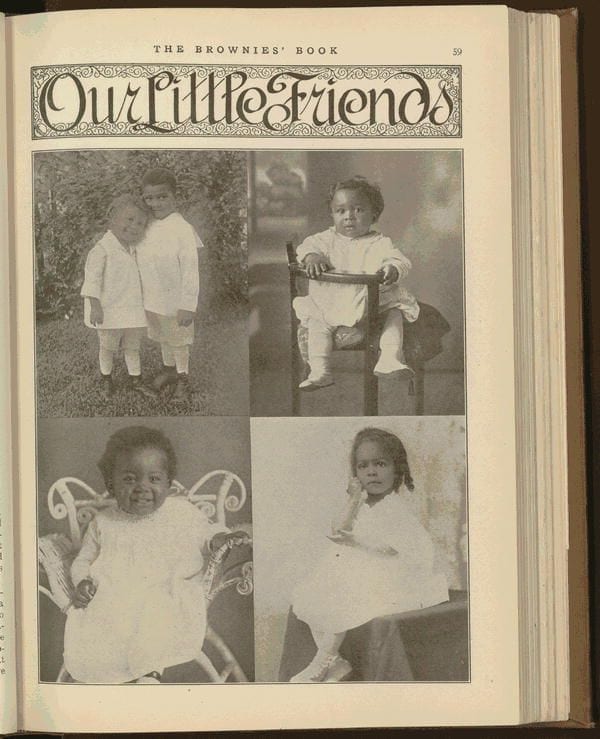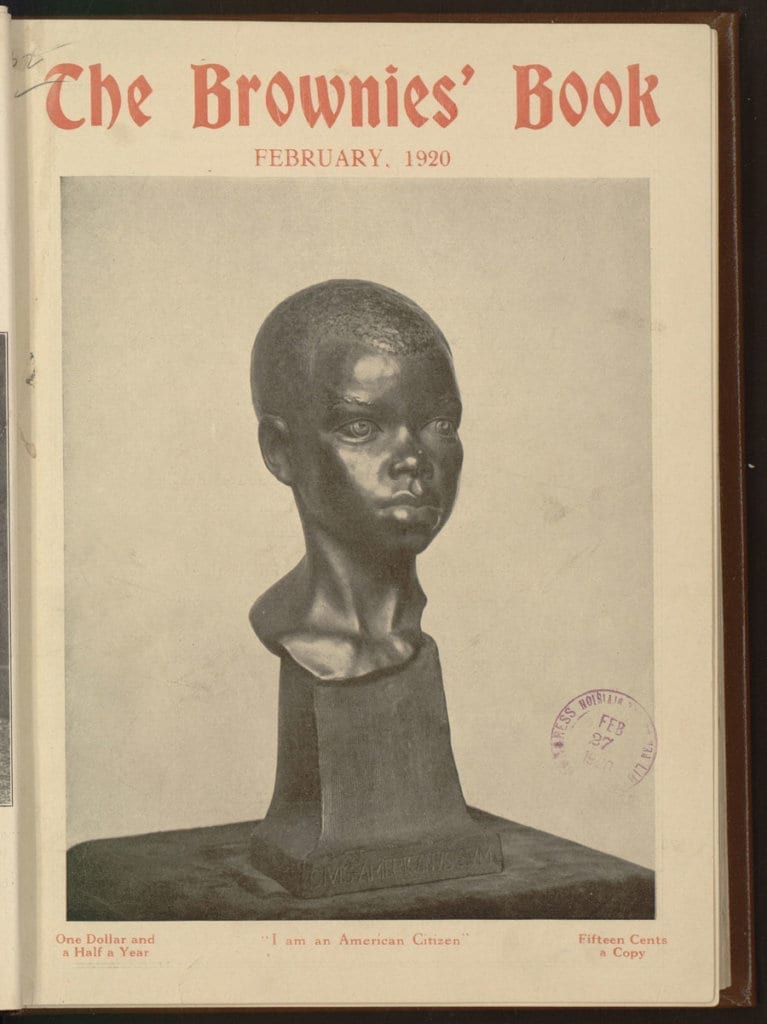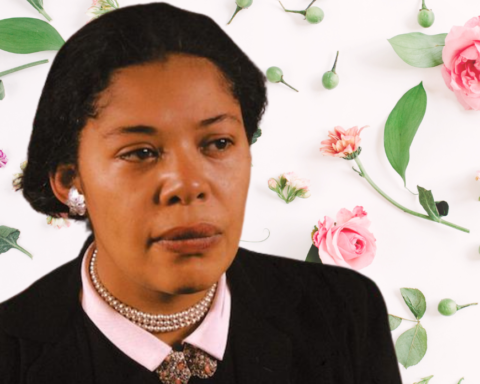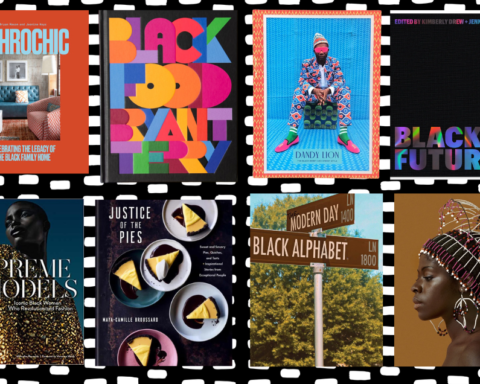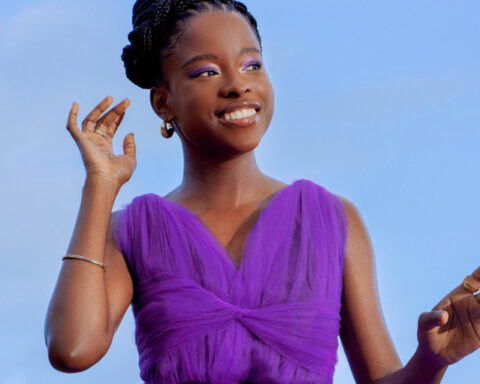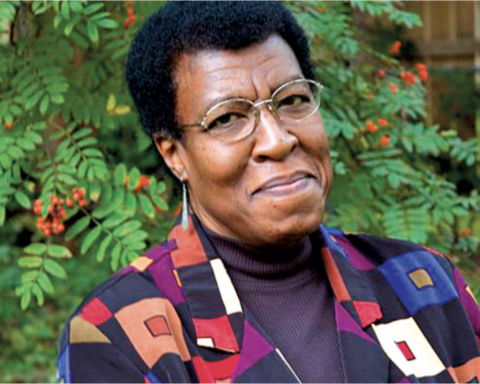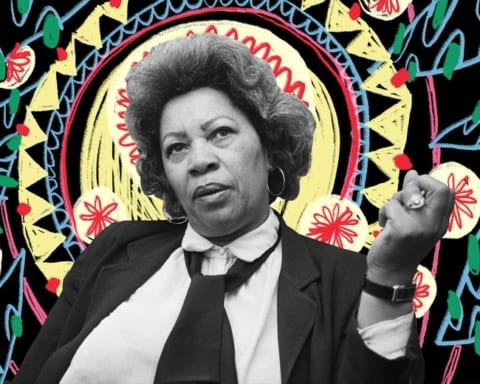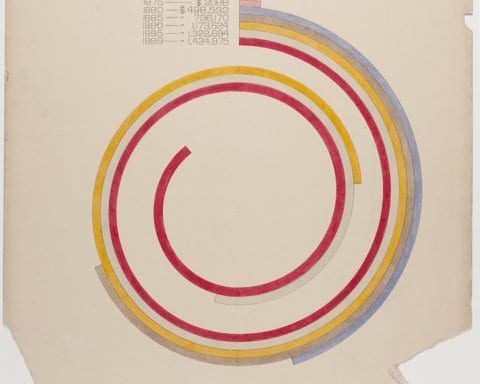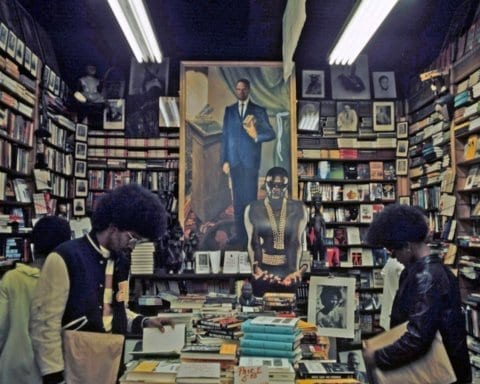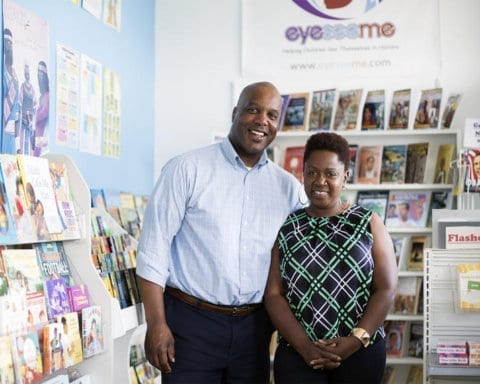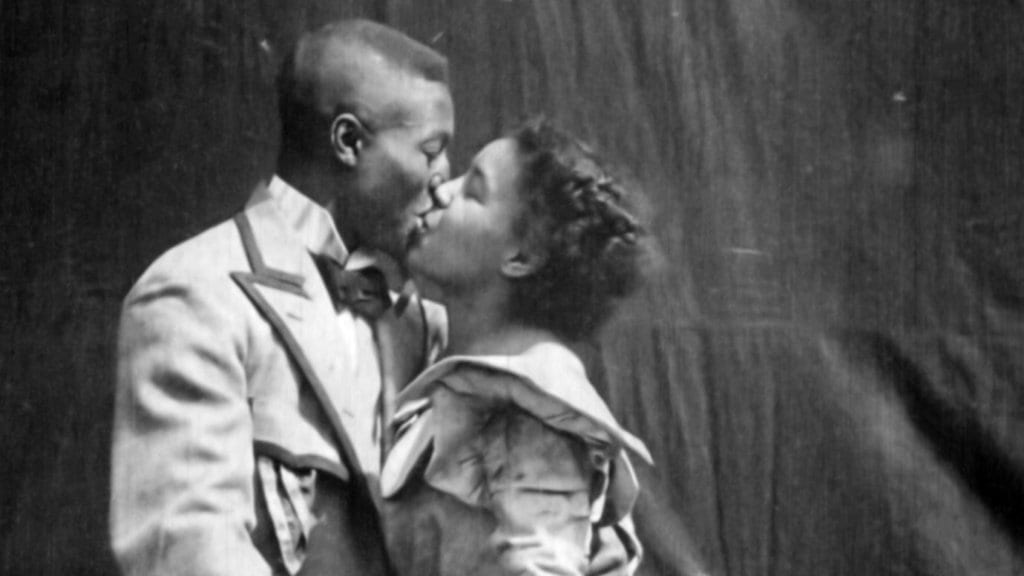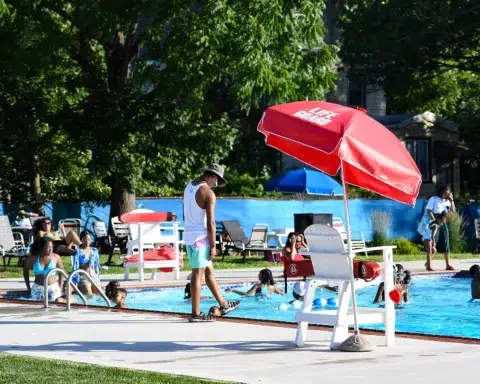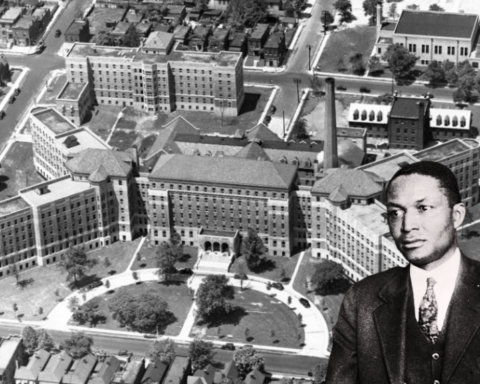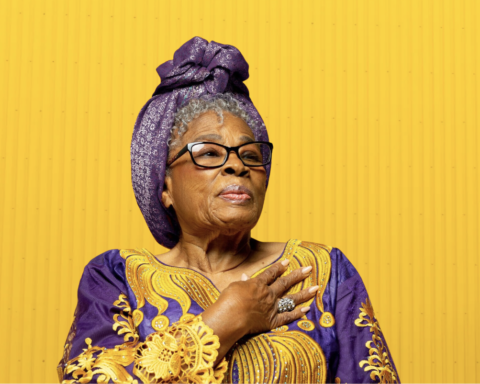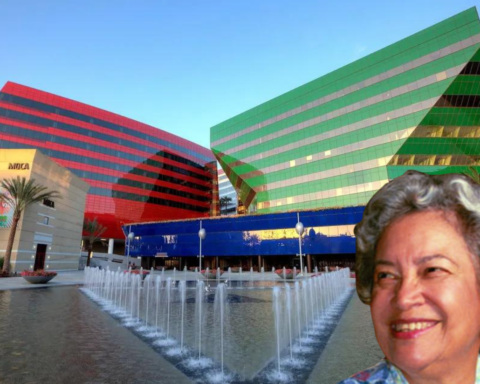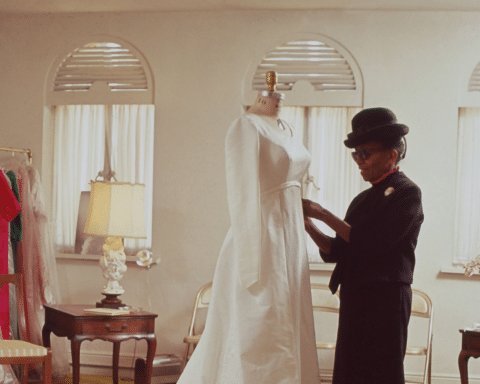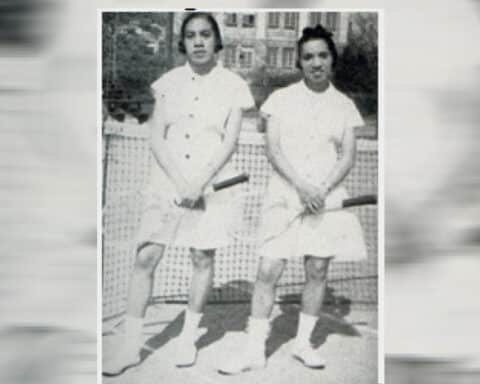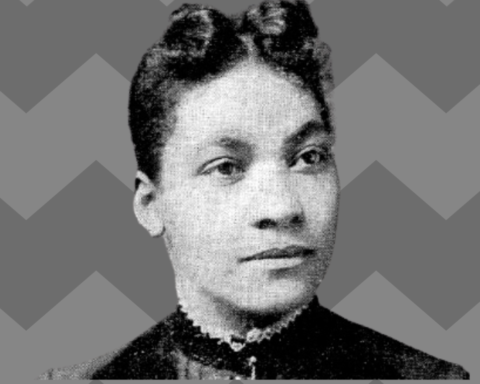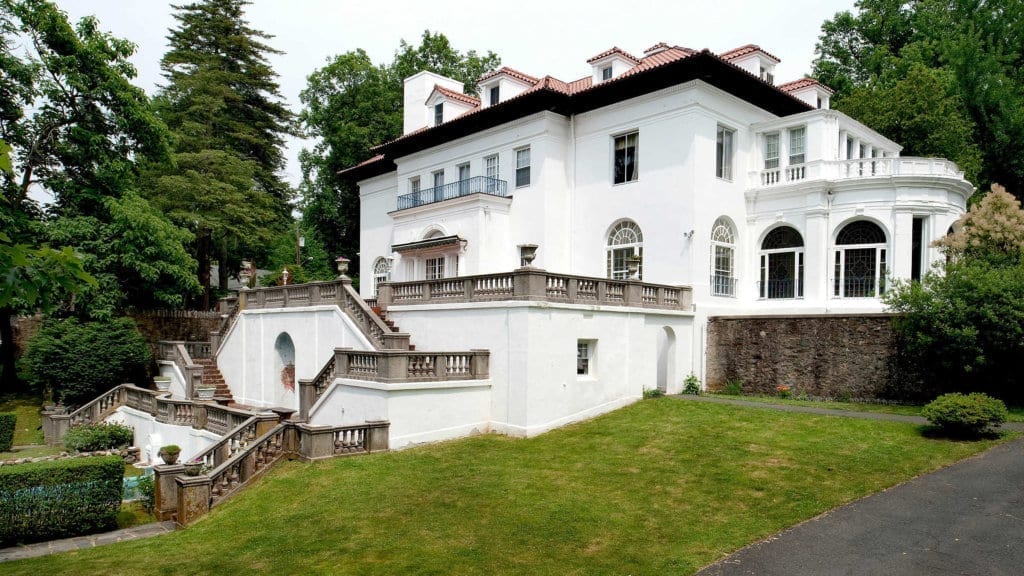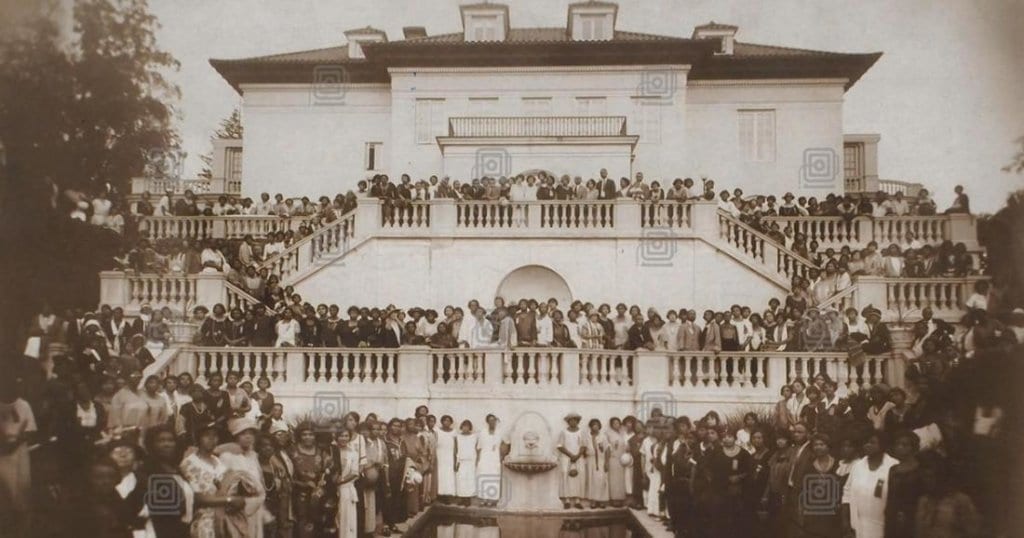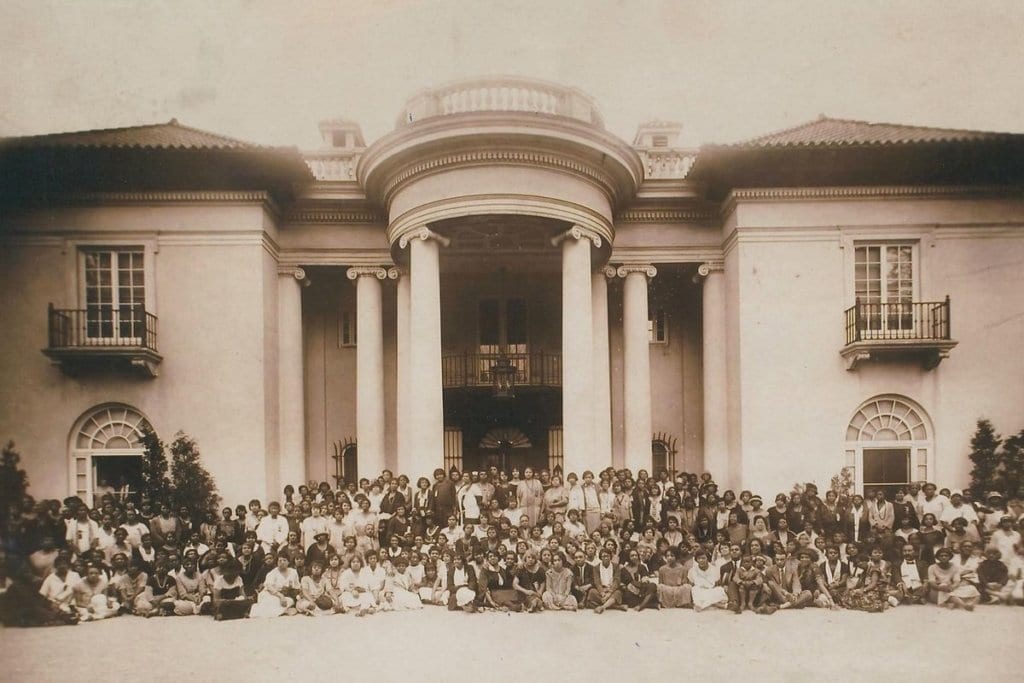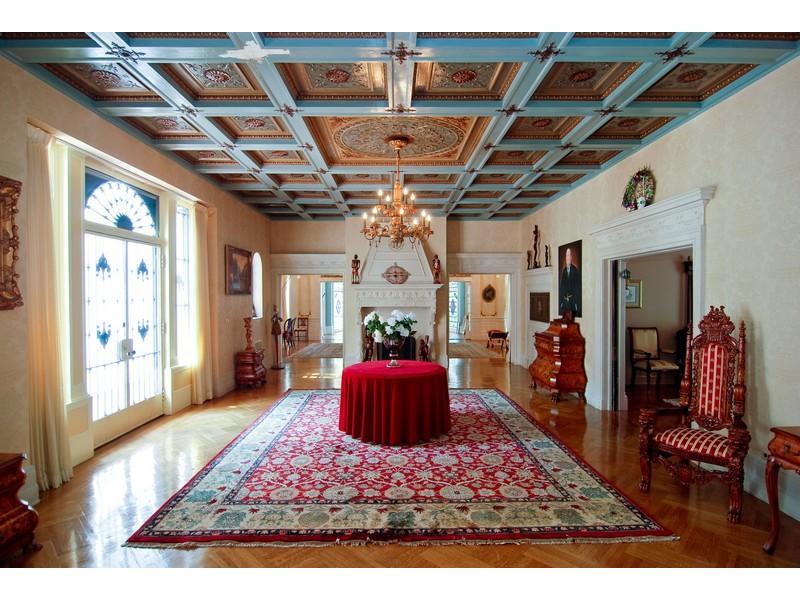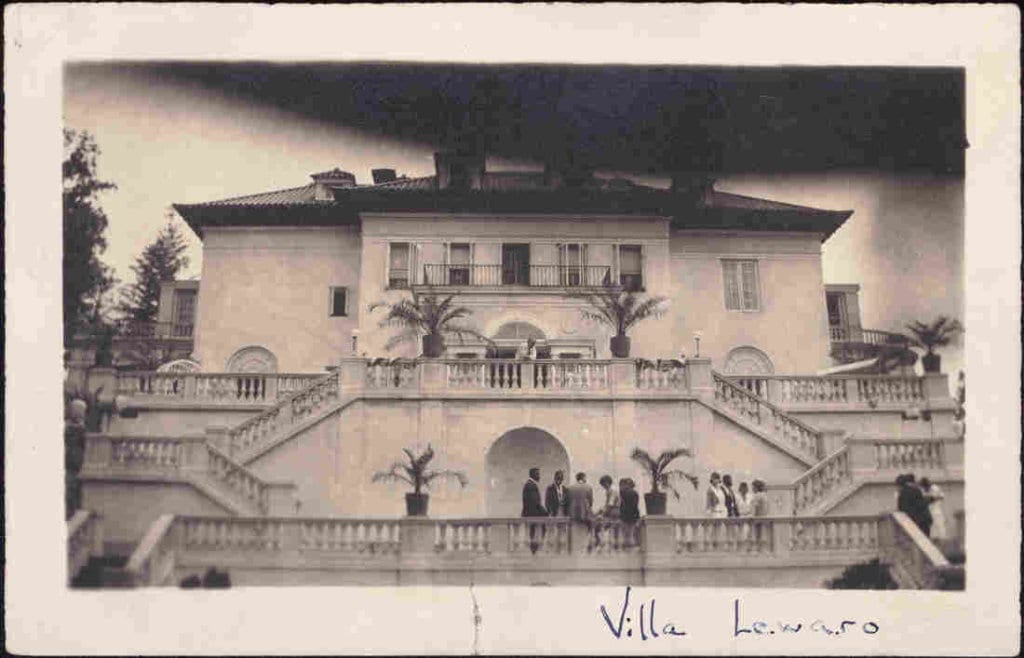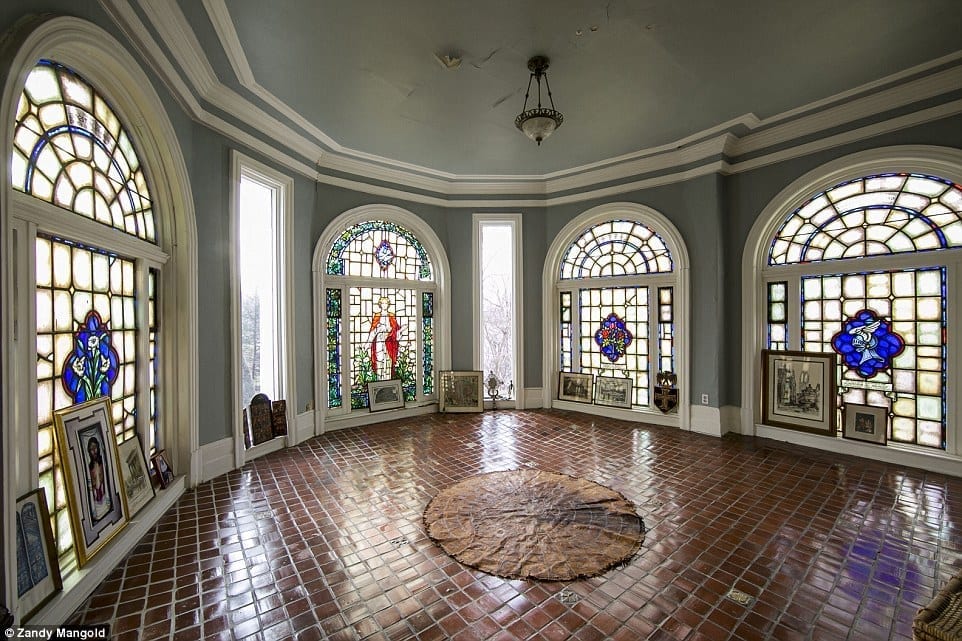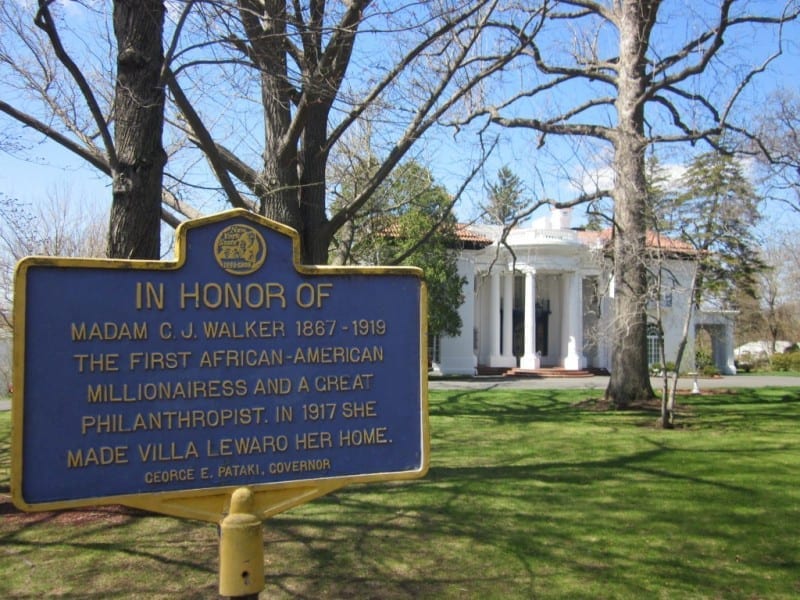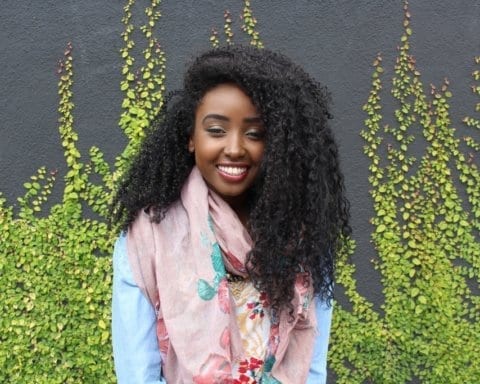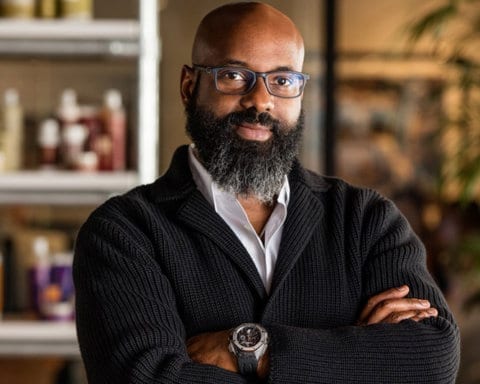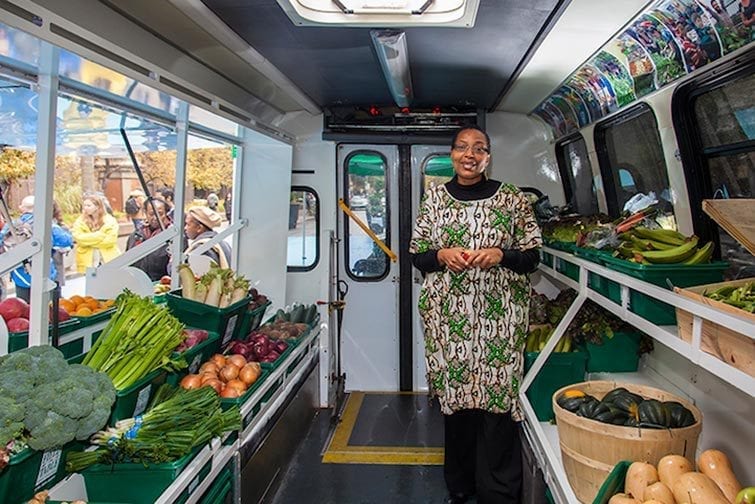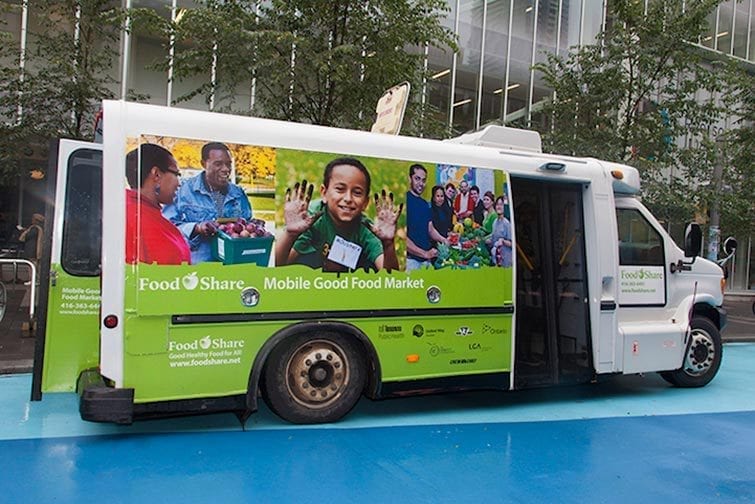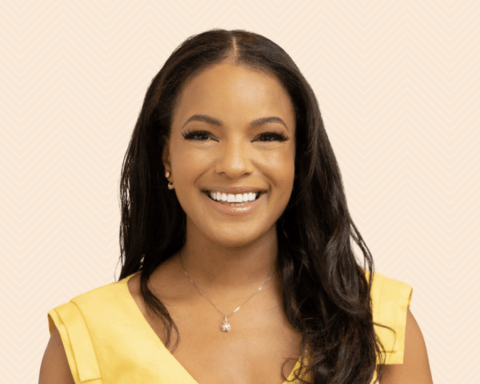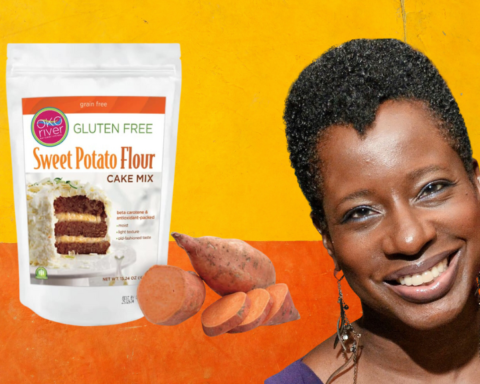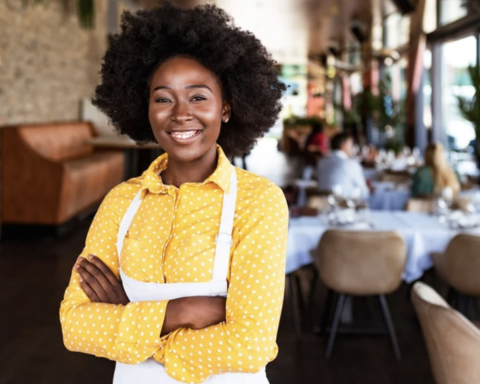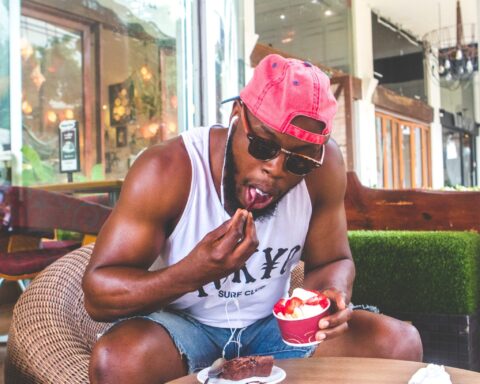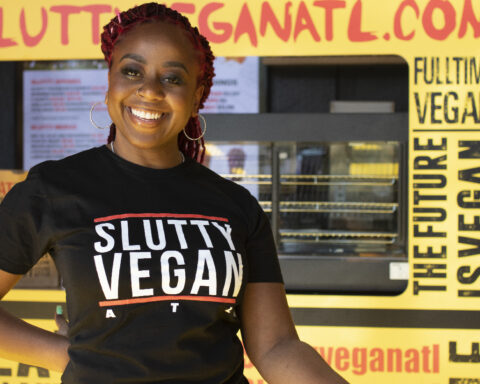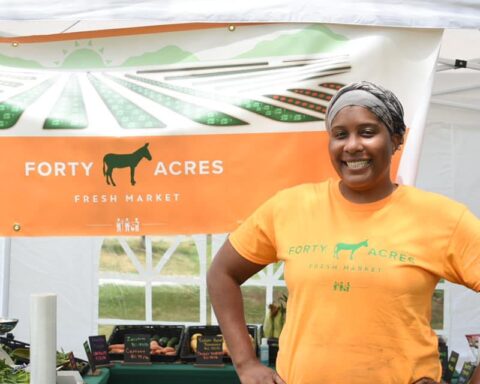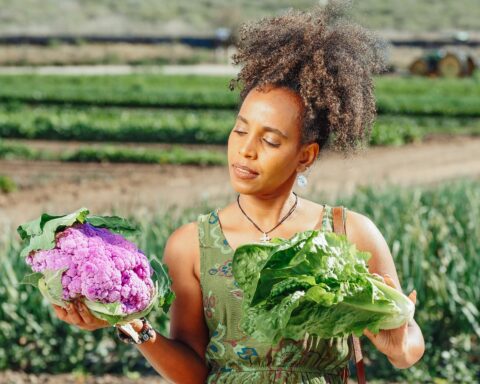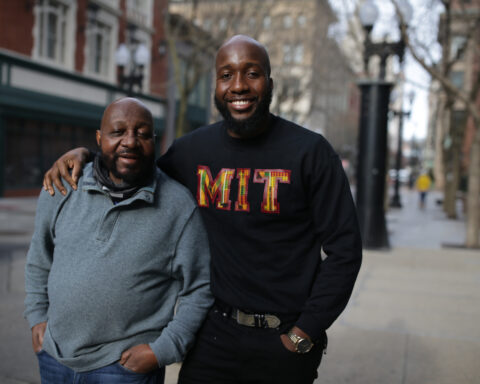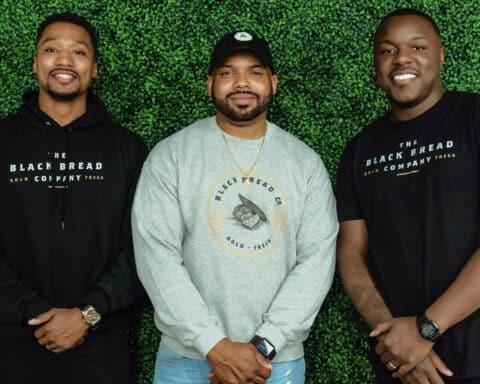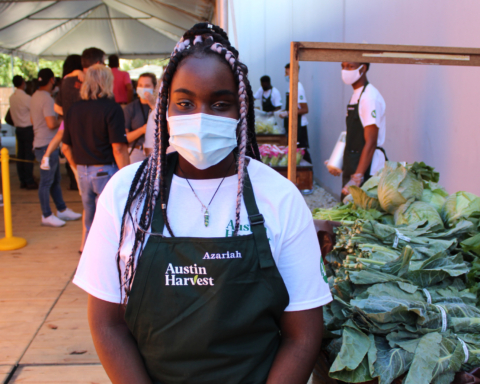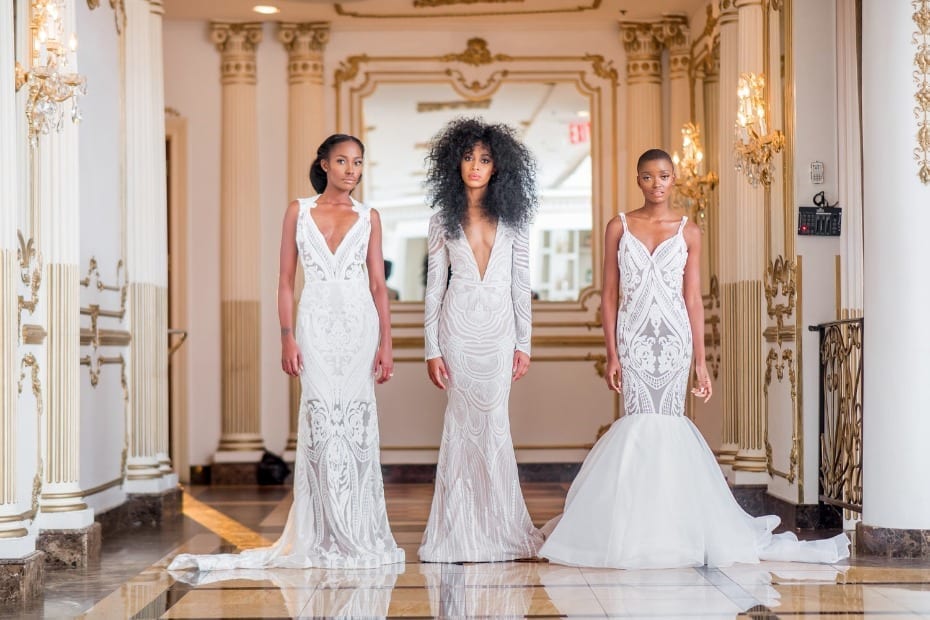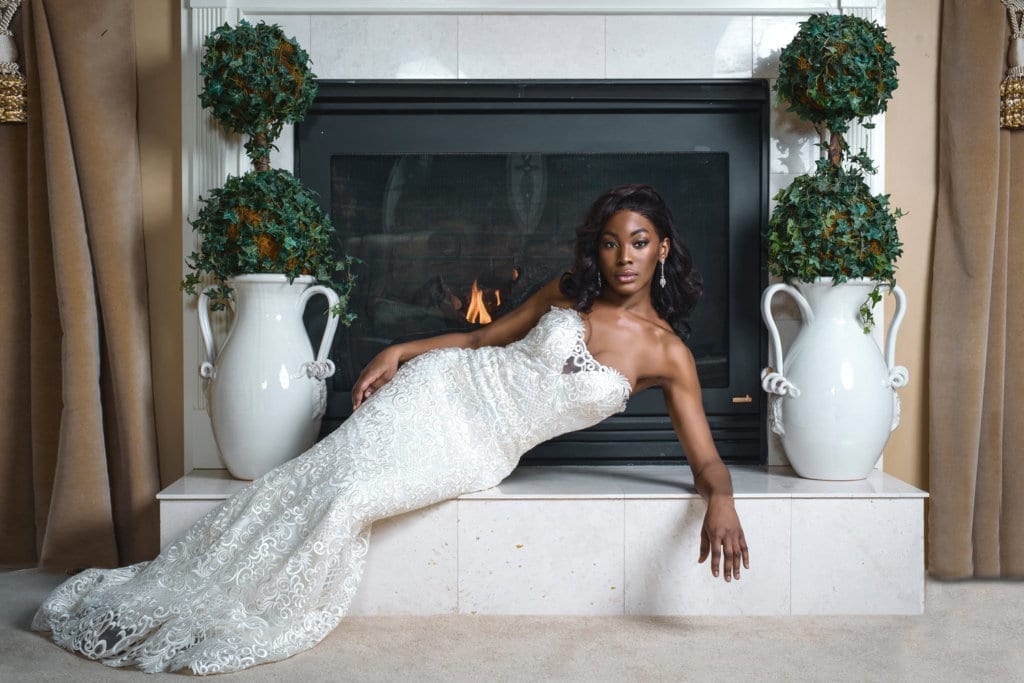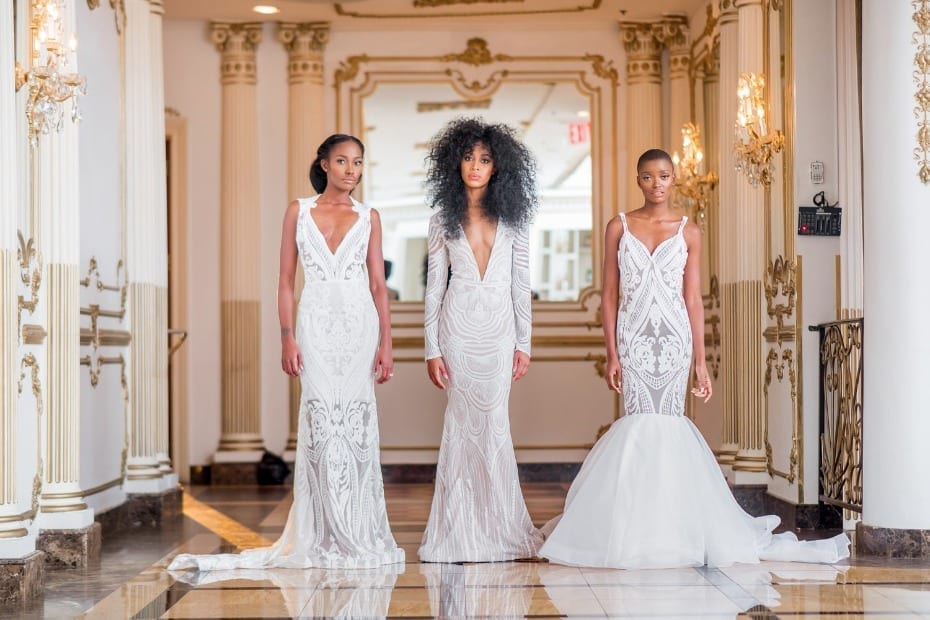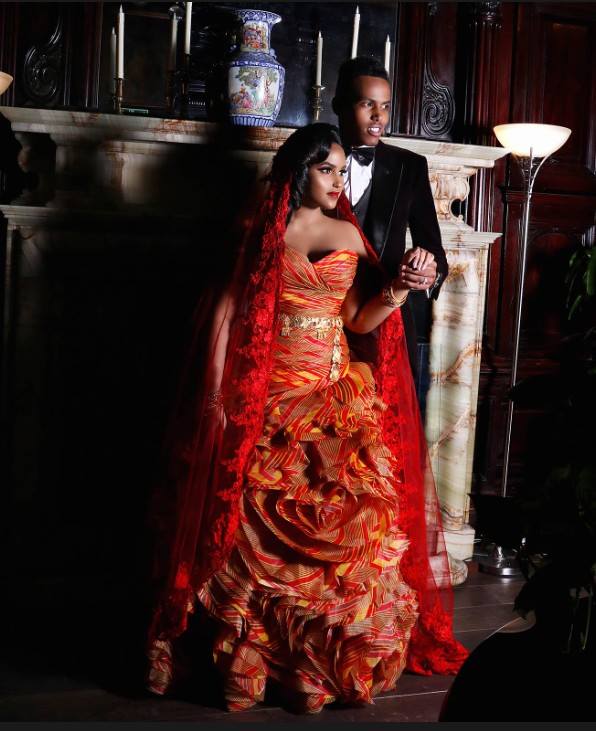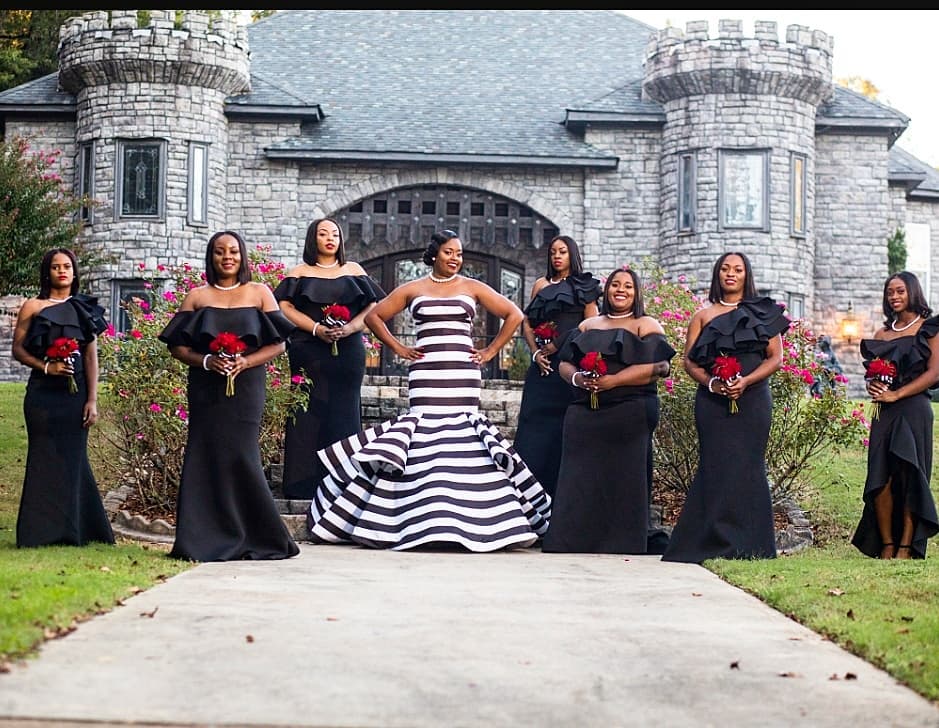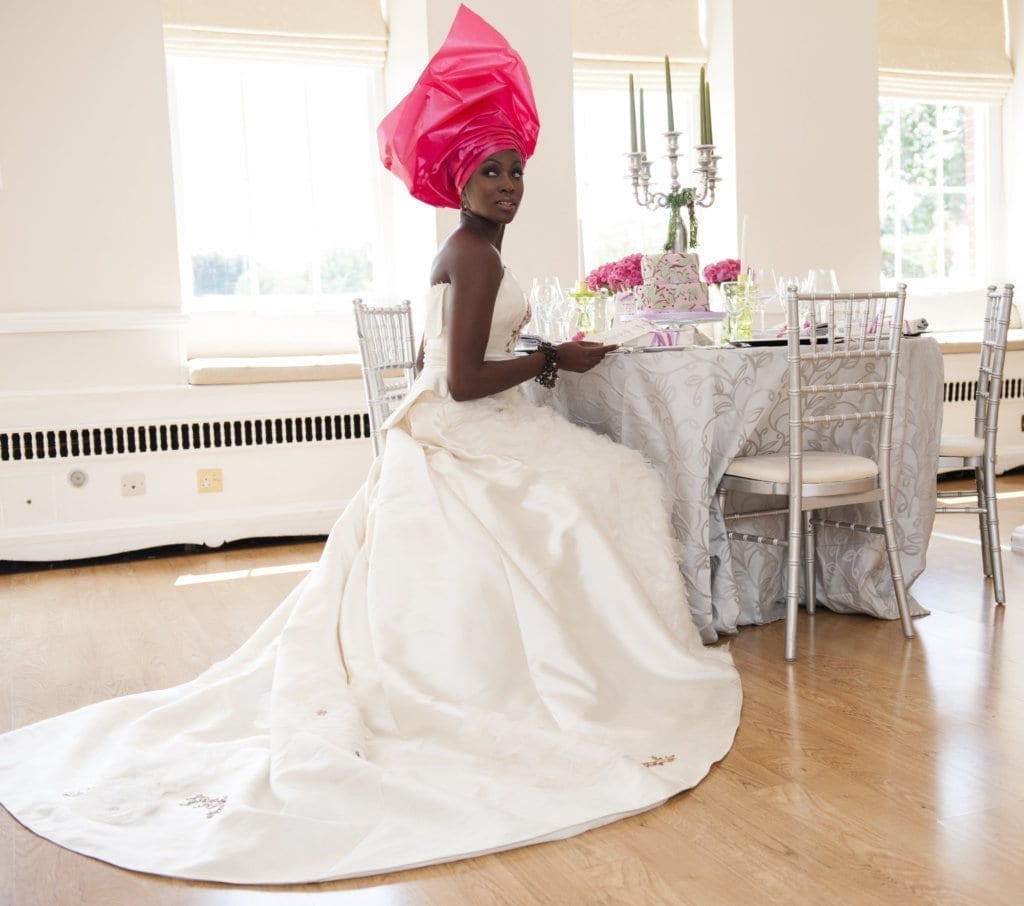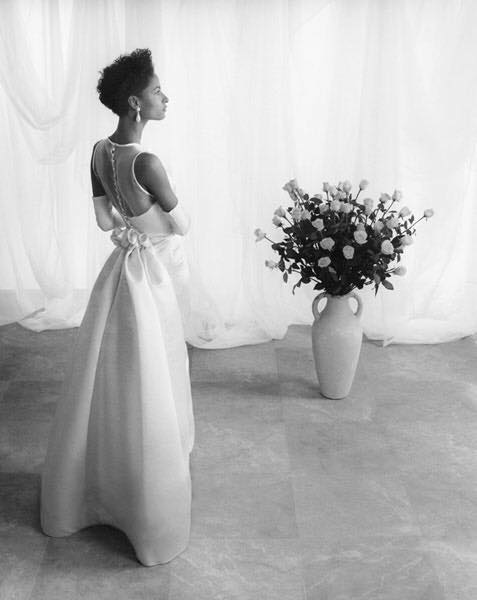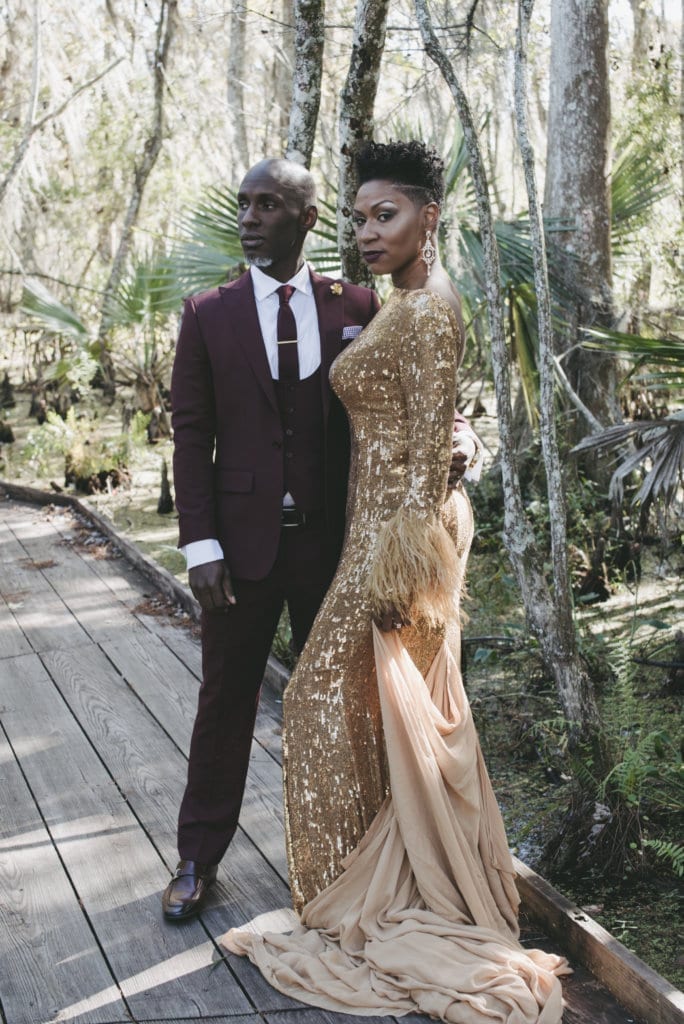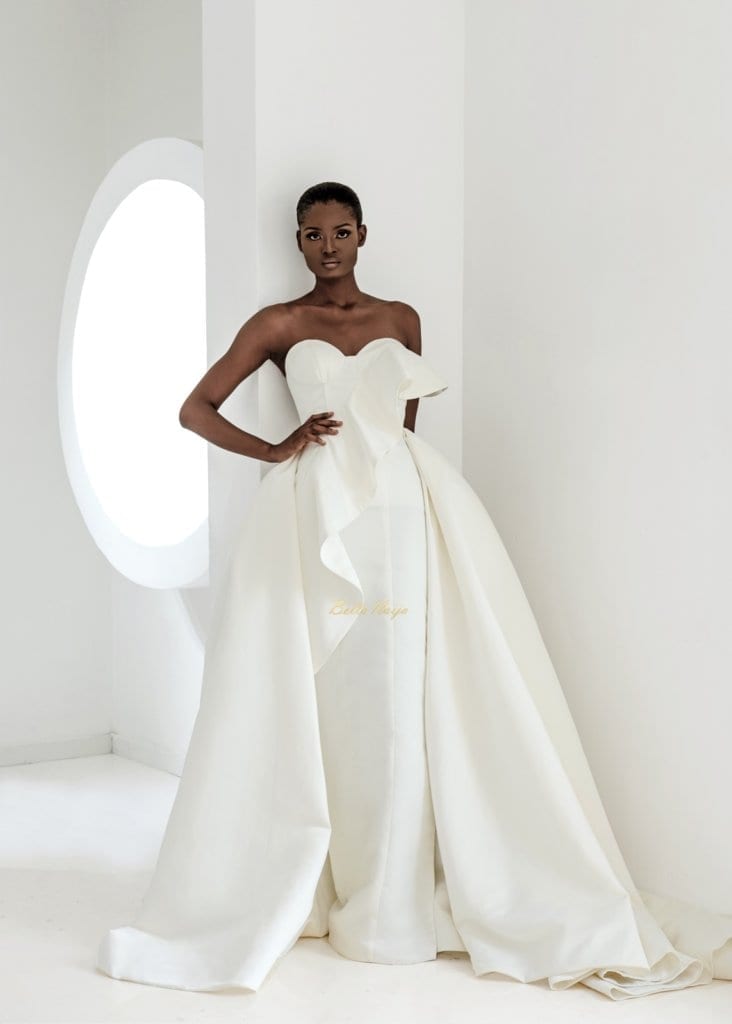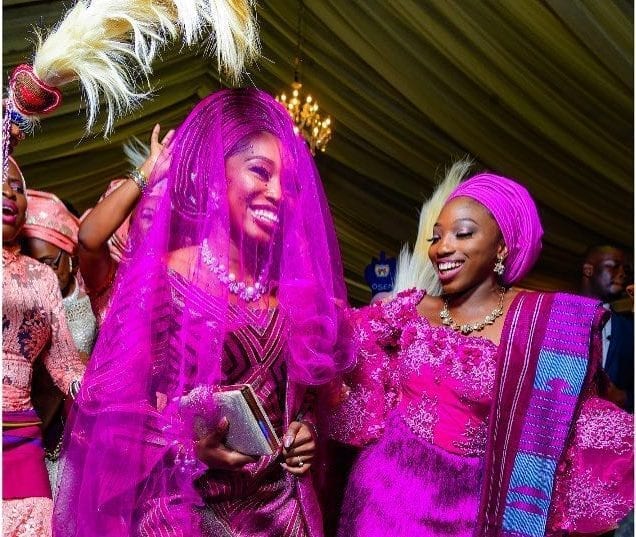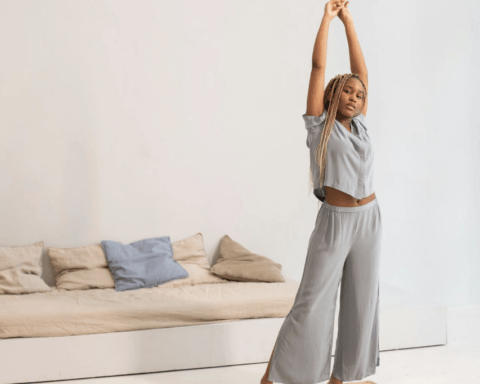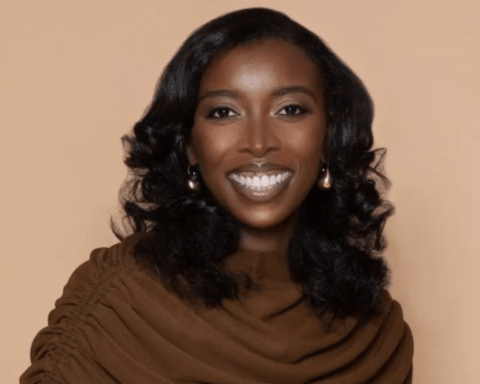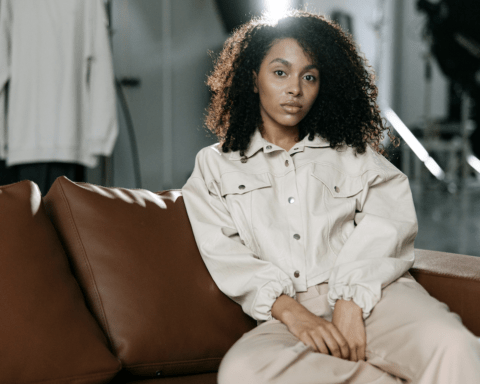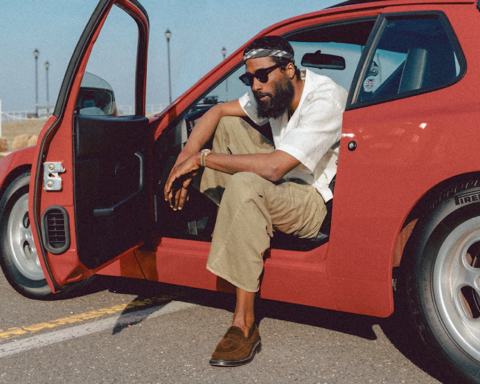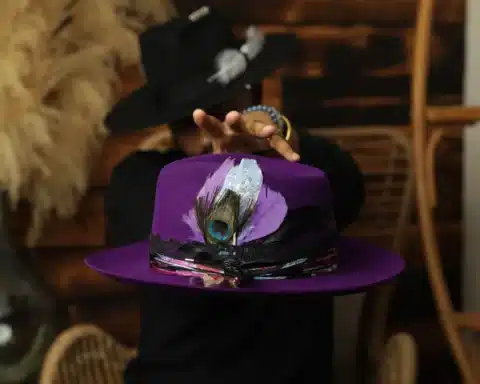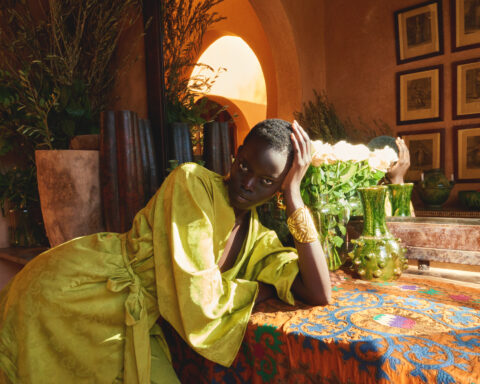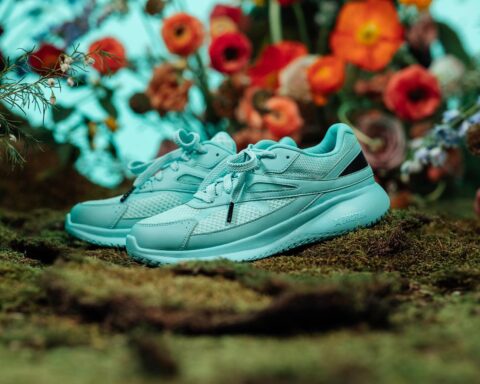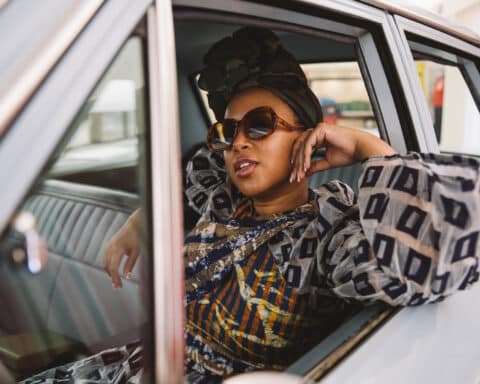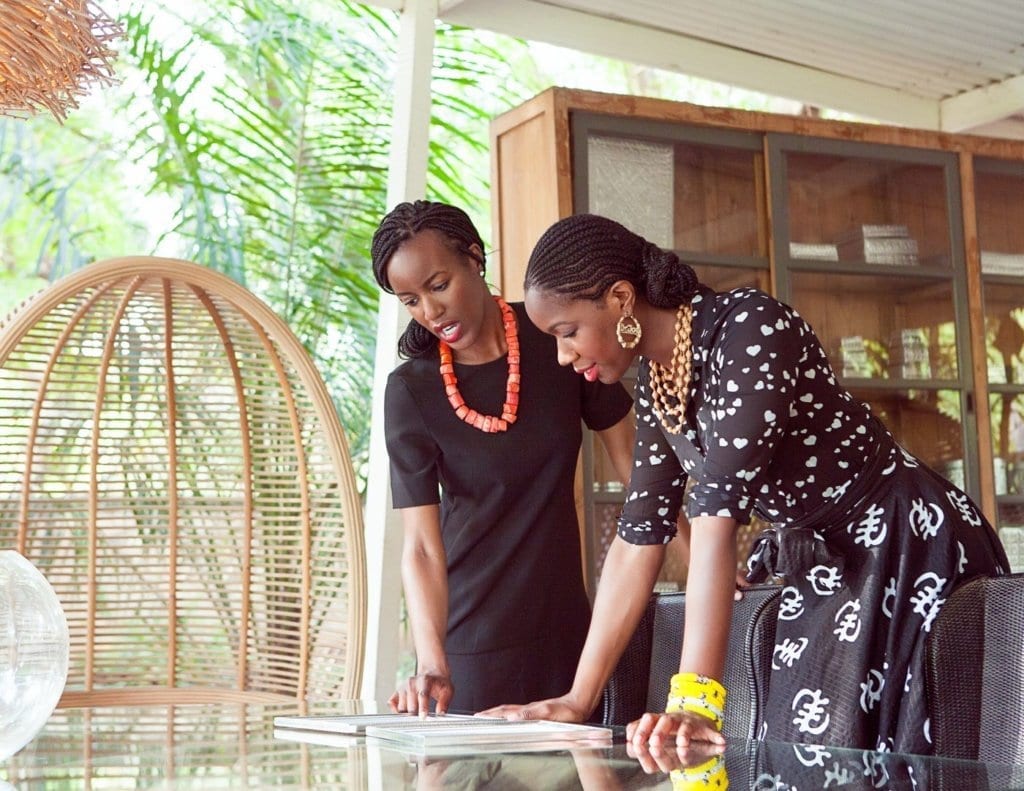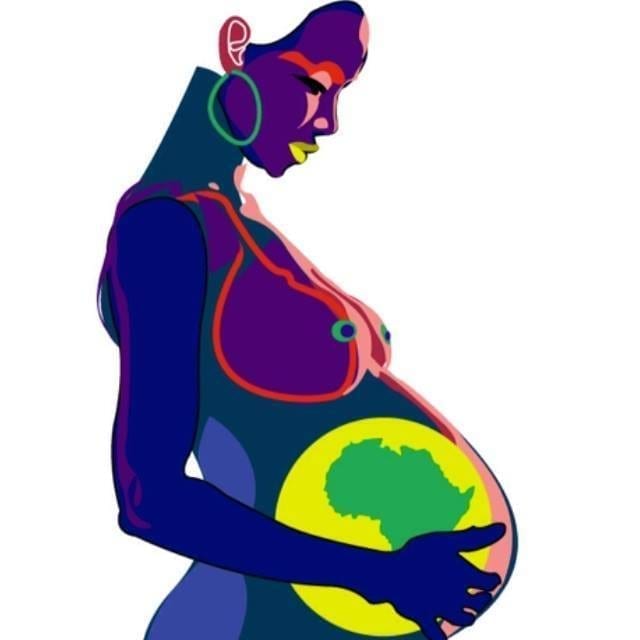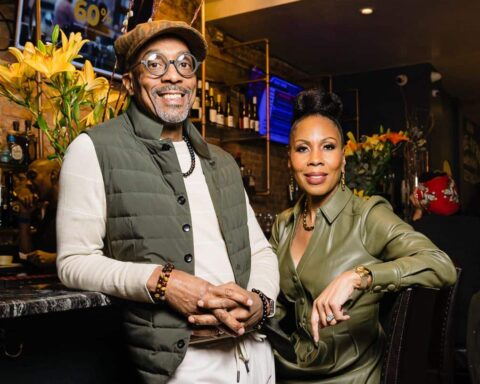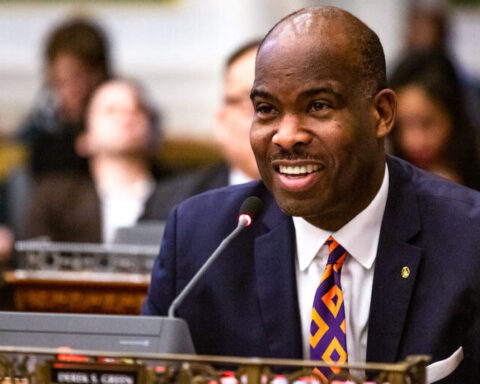These Entrepreneurs Open The First Breast Cancer Boutique in the D.C. Area
Cherry Blossom Intimates offers intimate-wear for breast cancer survivors and women who seek proper bra fit in the Washington, D.C. metropolitan area. It is the region’s first medical custom prosthetics and lingerie store of its kind.
Jasmine Jones, chief operating officer for Cherry Blossom Intimates and former Miss D.C. USA 2016, said this store “would not only help women with breast cancer, but females all over.”
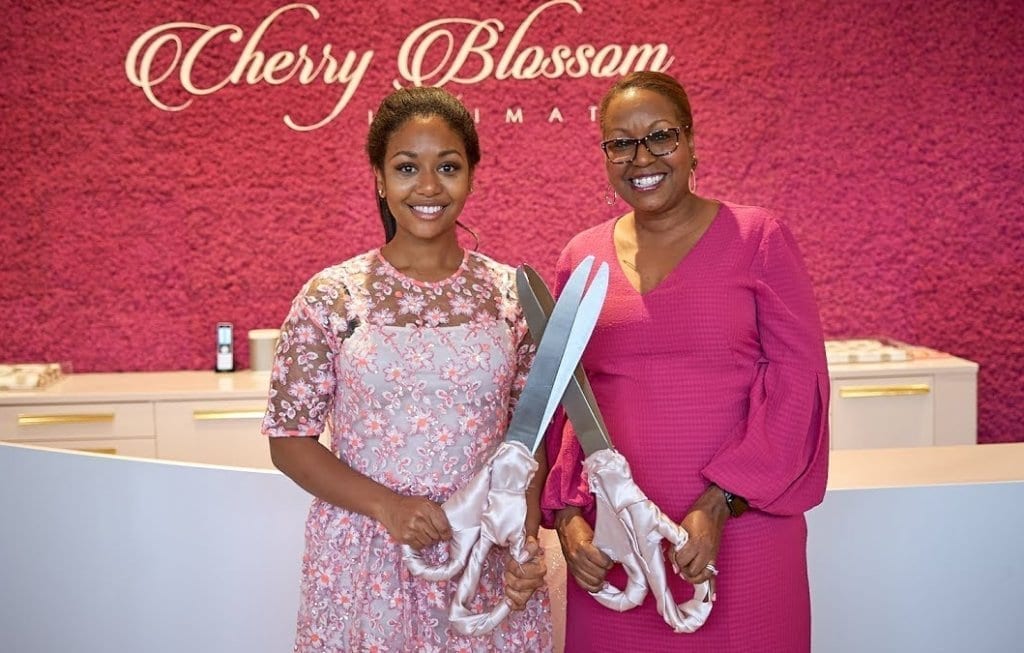
“I lost my grandmother to breast cancer my sophomore year in college,” Jones said. “I remember her having to go and shop for prosthetic pieces that didn’t properly fit and only came in one color while store employees stuffed her behind a curtain to try them on.”
“It got to the point where after a while, my grandmother just stopped wearing them all together…They didn’t fit or make her feel beautiful. I wanted to do something to change that. Something that would allow all women going through this same journey to be able to do it with dignity and comfort and that’s what Cherry Blossom Intimates is all about.”
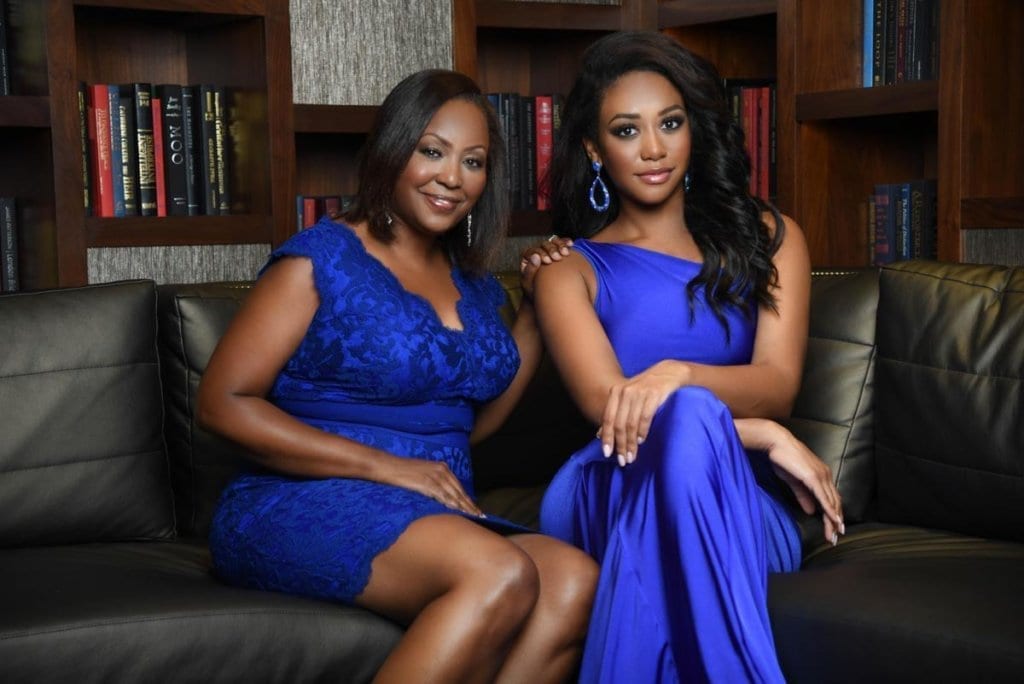
To better accommodate women of all ethnic backgrounds, the breast care store will offer each client chest wall graphs, in order to mimic natural breast for prosthetics, nude nipple coverings in an array of skin tones and varied bra sizes from AA to size Q.
In addition to the items available for breast cancer survivors, the store will also provide other high quality styled bras, lingerie and shapeware for everyday women, that Jones says “will for the first time, allow girlfriends with or without breast cancer to laugh and shop together.”
“When Dr. Regina Hampton, the originator of Cherry Blossom Intimates and one of the founders of Southeast D.C.’s Breast Care for Washington came up with this vision, I was completely on board,” Jones said. “What a wonderful way to bring women together. What’s more, is that Regina took so much pride in her work from just understanding the female body to how important it is to feel beautiful.”
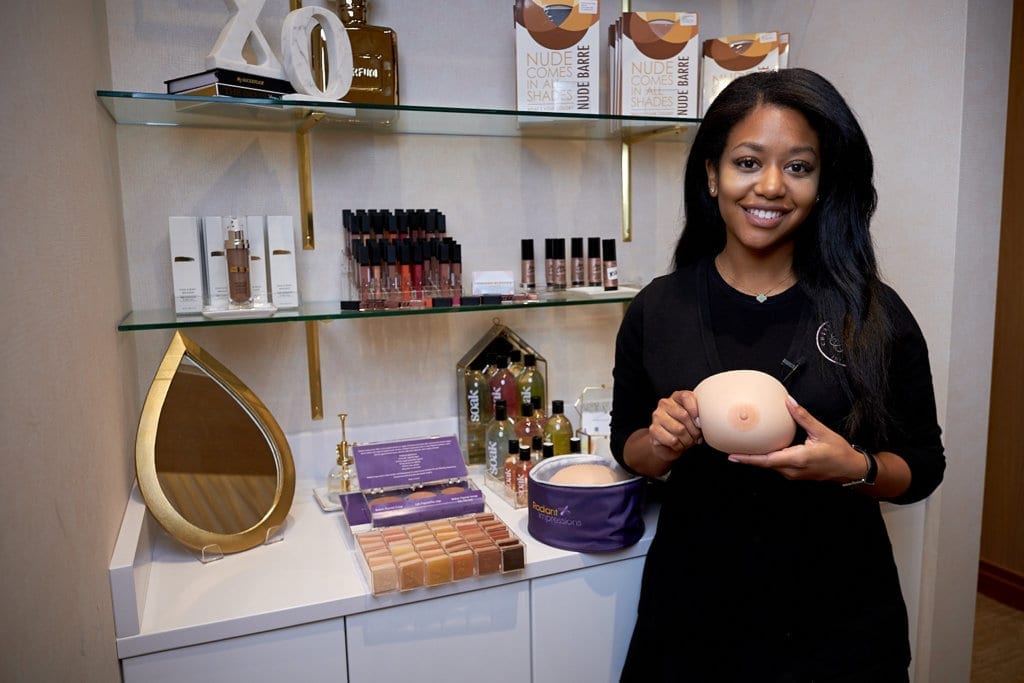
Hampton, a Howard University alumna, with more than 10 years in practice and one of the few breast care surgeons in Prince George’s County, said starting this next venture, was “a dream come true.”
“In places like Europe, beautiful undergarments are worn daily, just for the purpose of making the woman feel her most beautiful. In the United States however, lingerie is often worn to make somebody else feel good… it’s time to change that.”
“Women should be able to feel empowered every day by what they have on, from outer garments to lingerie—and breast cancer survivors are no exception,” Hampton continued. “I mean at our store we have shapeware, push up bras, wireless bras, lace and everything in between.”
Those who attend the weeklong celebration can look forward to complimentary teas, desserts, finger foods, musical guests, rose gold and champagne pink accents, plush dressing rooms, pink moss walls and a special section for young girls, coming of age.
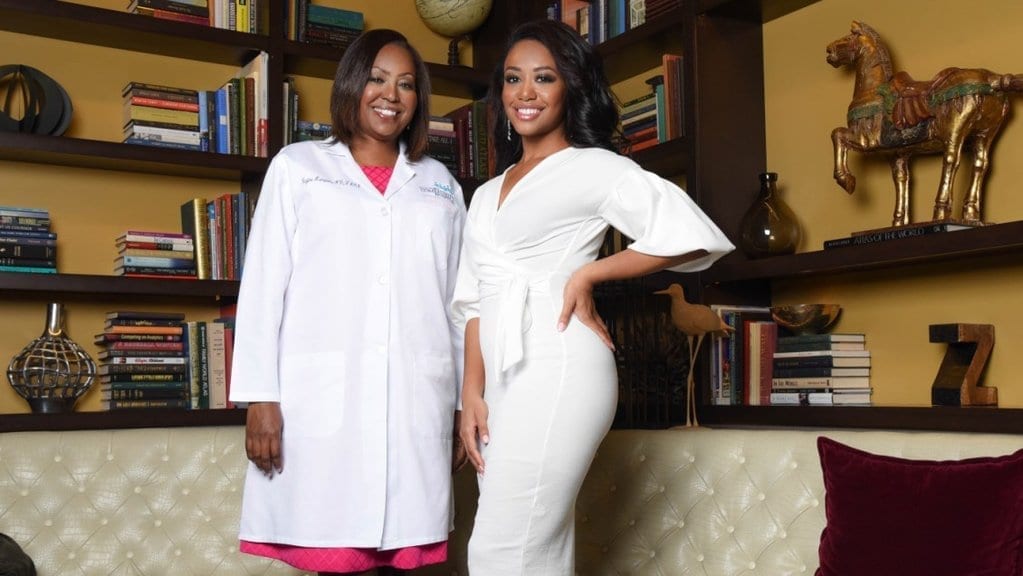
“This store is for everybody” Hampton said. “While preparing for our breast cancer survivors and our every day women, we also thought to remember our girls. Pubescence is such a special time for young girls and so we wanted to provide a special line of training bras as well.”
“Being able to help other people is so important and it makes you feel so good,” Hampton continued. “I just want to show women that they are all beautiful no matter the package and make them believe it. I am so excited for Cherry Blossom Intimates.”
The facility plans to have medical in-house billing for all types of insurance for all their products and will also provide an alternative to those without appropriate coverage.
Cherry Blossom Intimates is located at 9201 Woodmore Center Drive Suite 426 Glenarden, Md.
Source: AFRO

